
Learn brand positioning strategies to expertly plan projects, set competitive prices, and attract the right clientele
Unlock the secrets of crafting a compelling brand strategy with the Brand Strategy Specialization: Crafting User Experiences. Dive into a comprehensive learning experience that equips creatives with the tools to expertly position brands in the market, build robust content strategies, and inspire action through storytelling. Fabian Geyrhalter, Laura Busche, John Williamson, and Jessie McGuire guide you through a journey of meticulous planning, user-oriented methodology, and digital strategy enhancement, ensuring you can set prices that attract the right clientele and develop strategies that set your brand apart.
Explore a seven-step user-oriented methodology to create a brand strategy from scratch, and discover how storytelling can fuel a brand’s identity. Craft a content strategy by defining your brand’s pillars and personality while developing a digital strategy focused on enhancing user experiences across digital channels. The specialization culminates in hands-on projects where you will relaunch your website, create a content manual, and develop a strategy based on storytelling that inspires audience action. This program is ideal for those eager to elevate their brand’s presence and influence in the market.
What will you learn in this specialization?


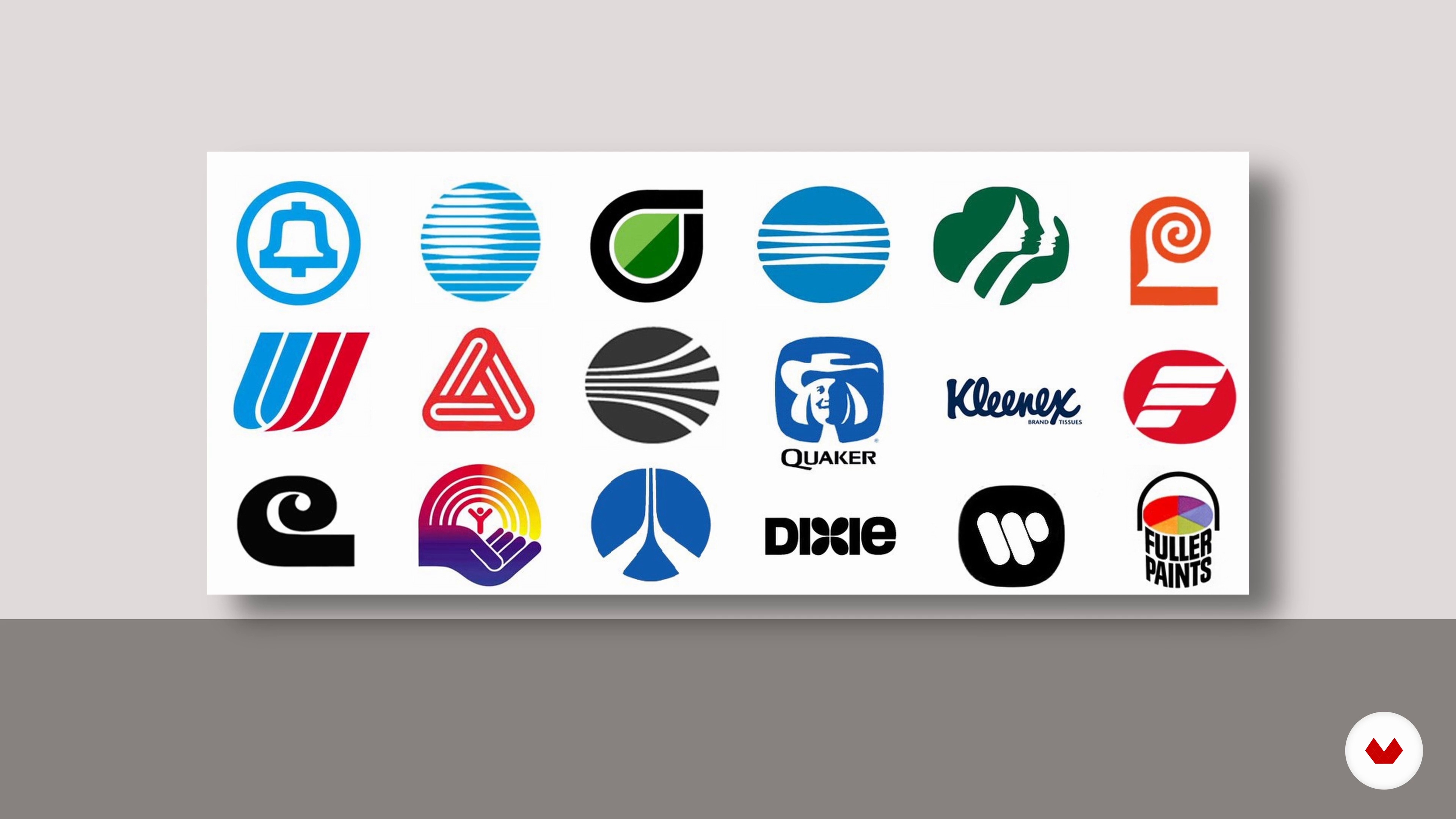
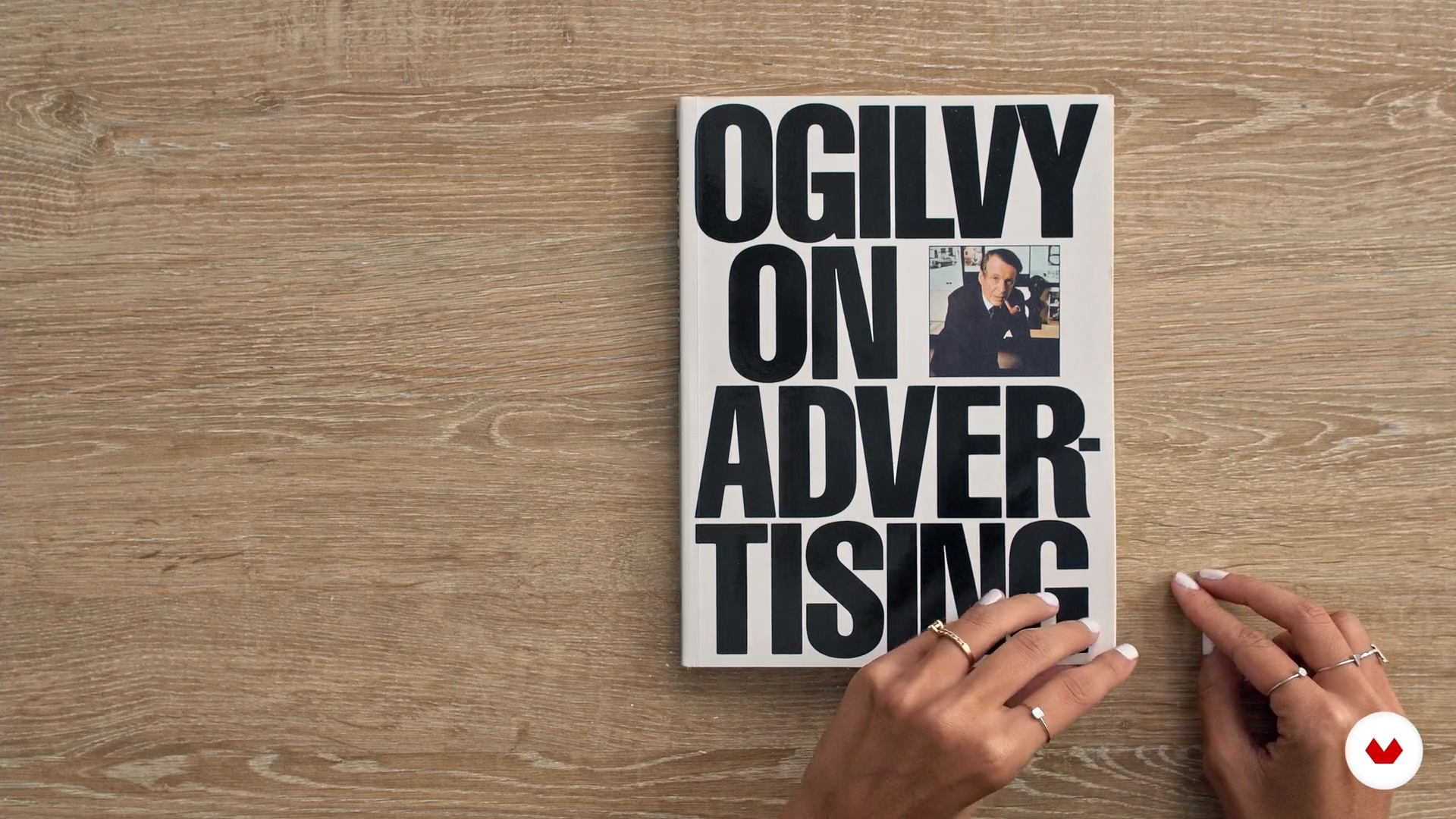

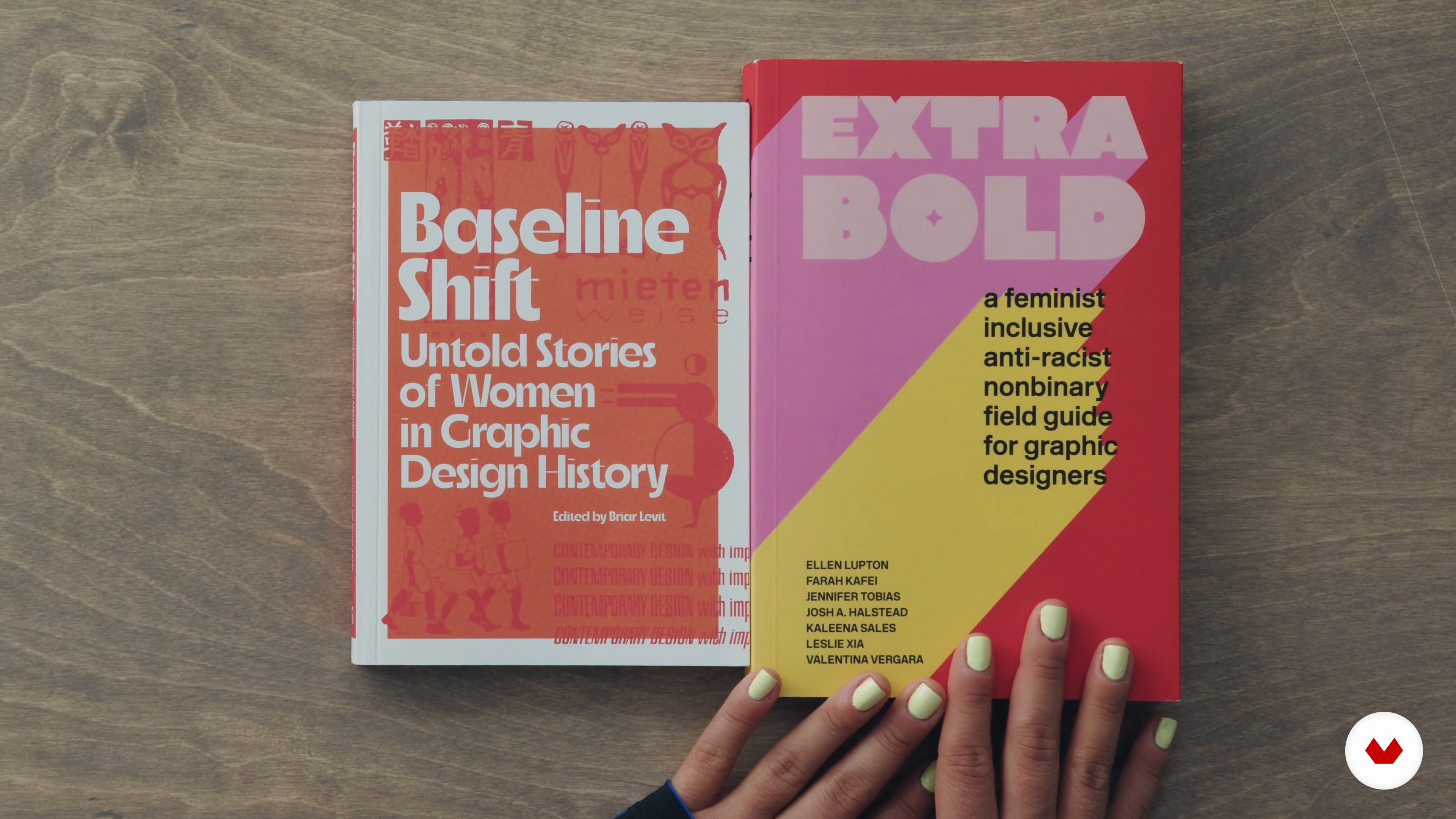


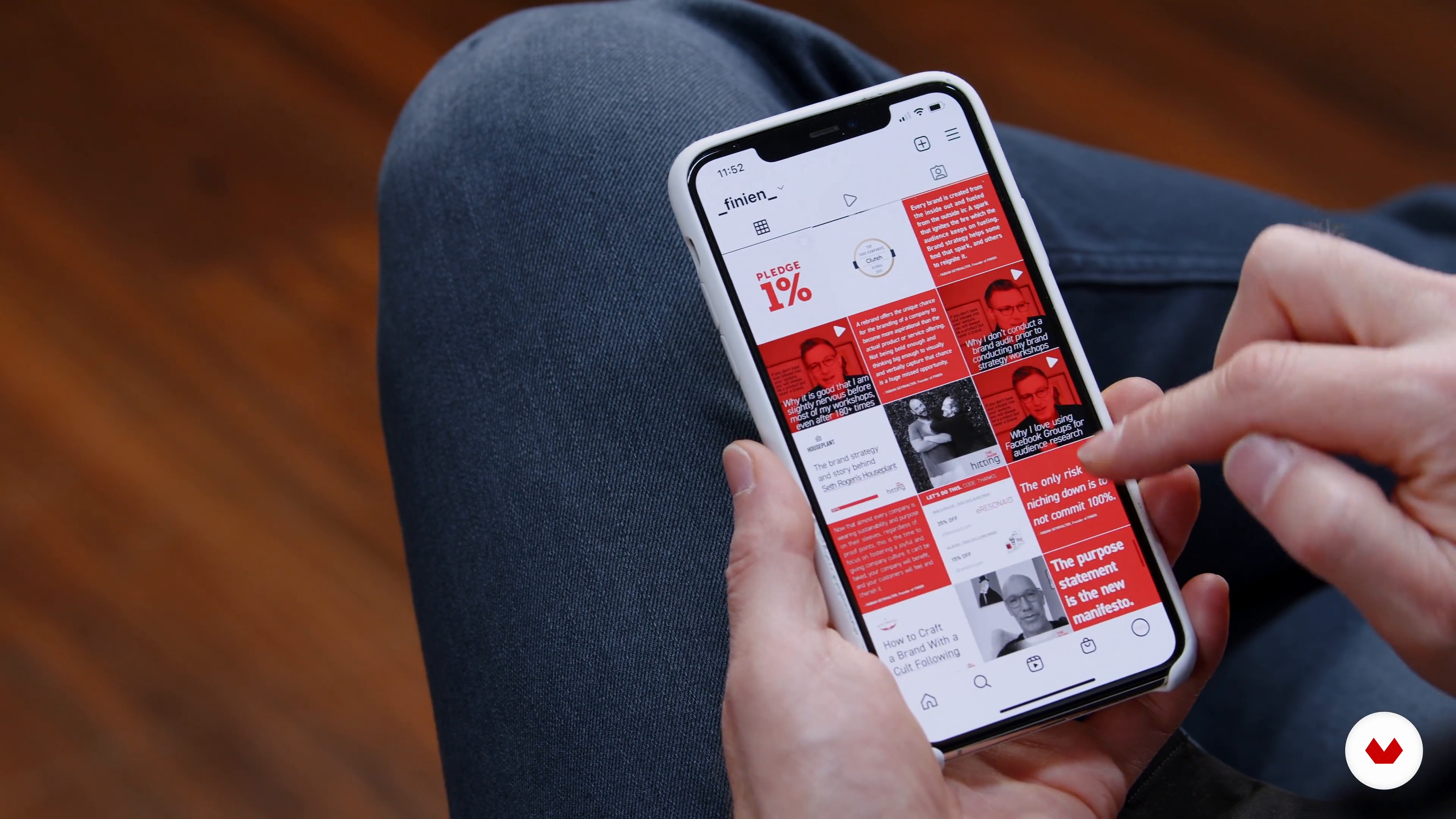
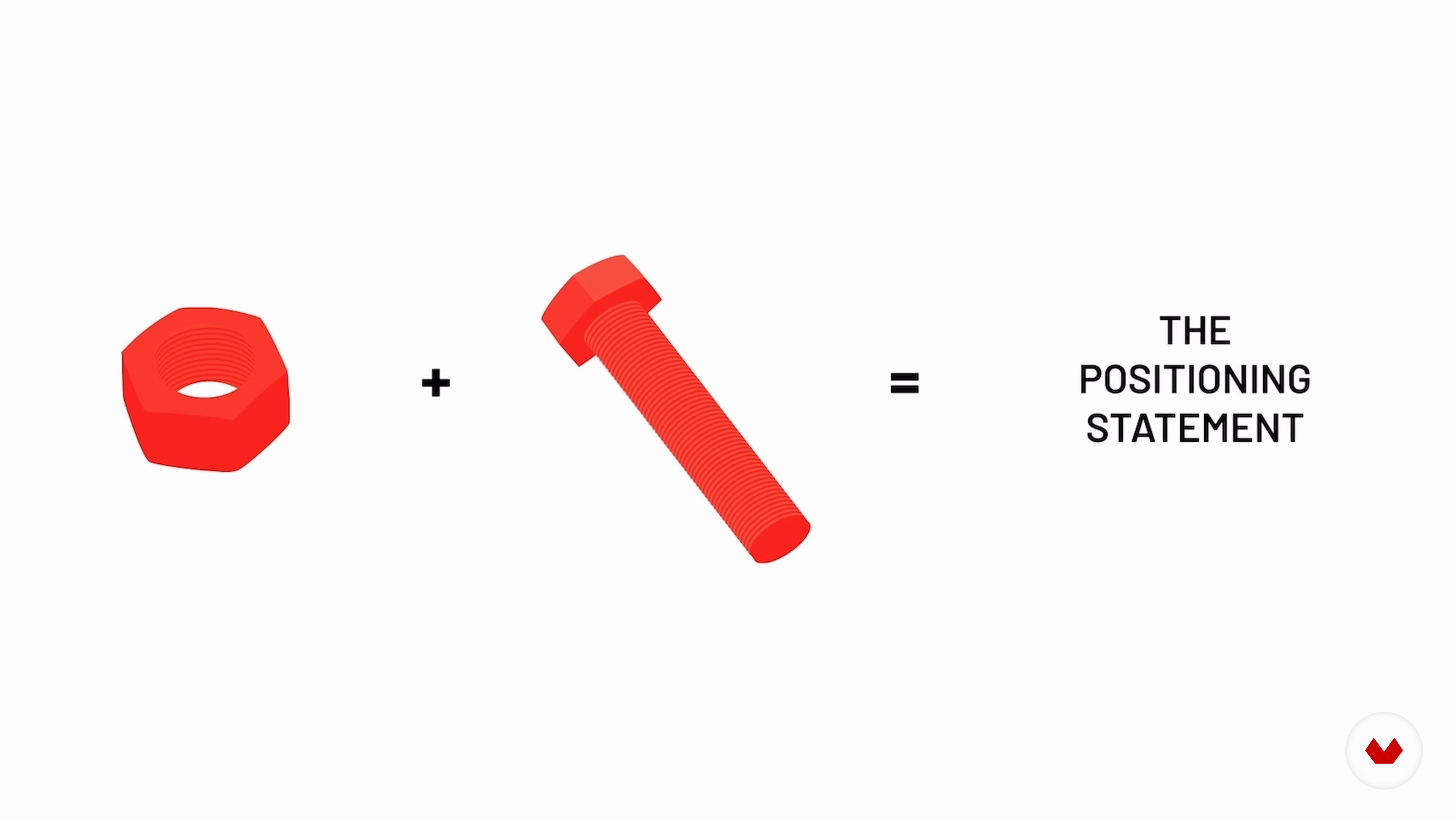
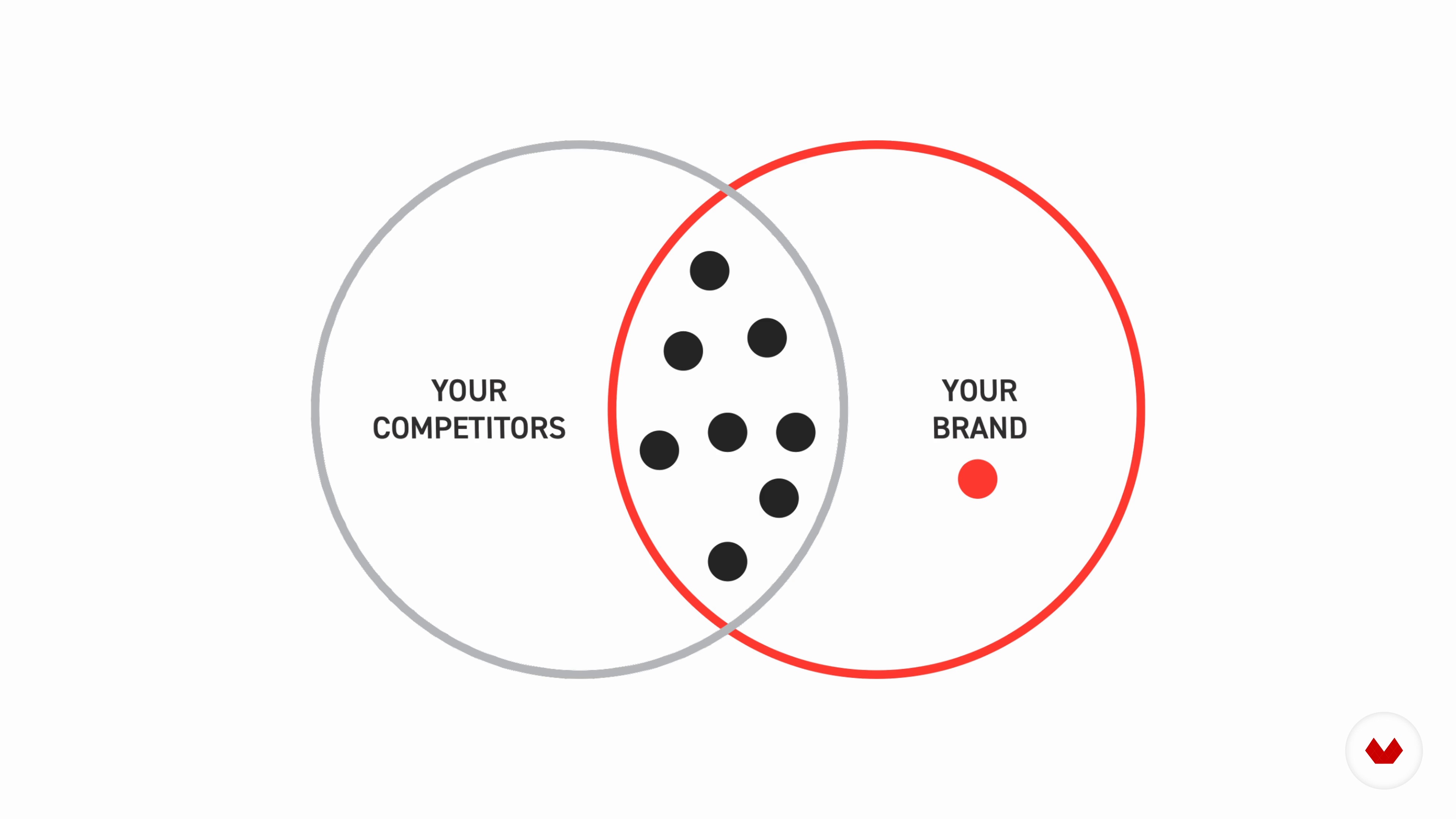
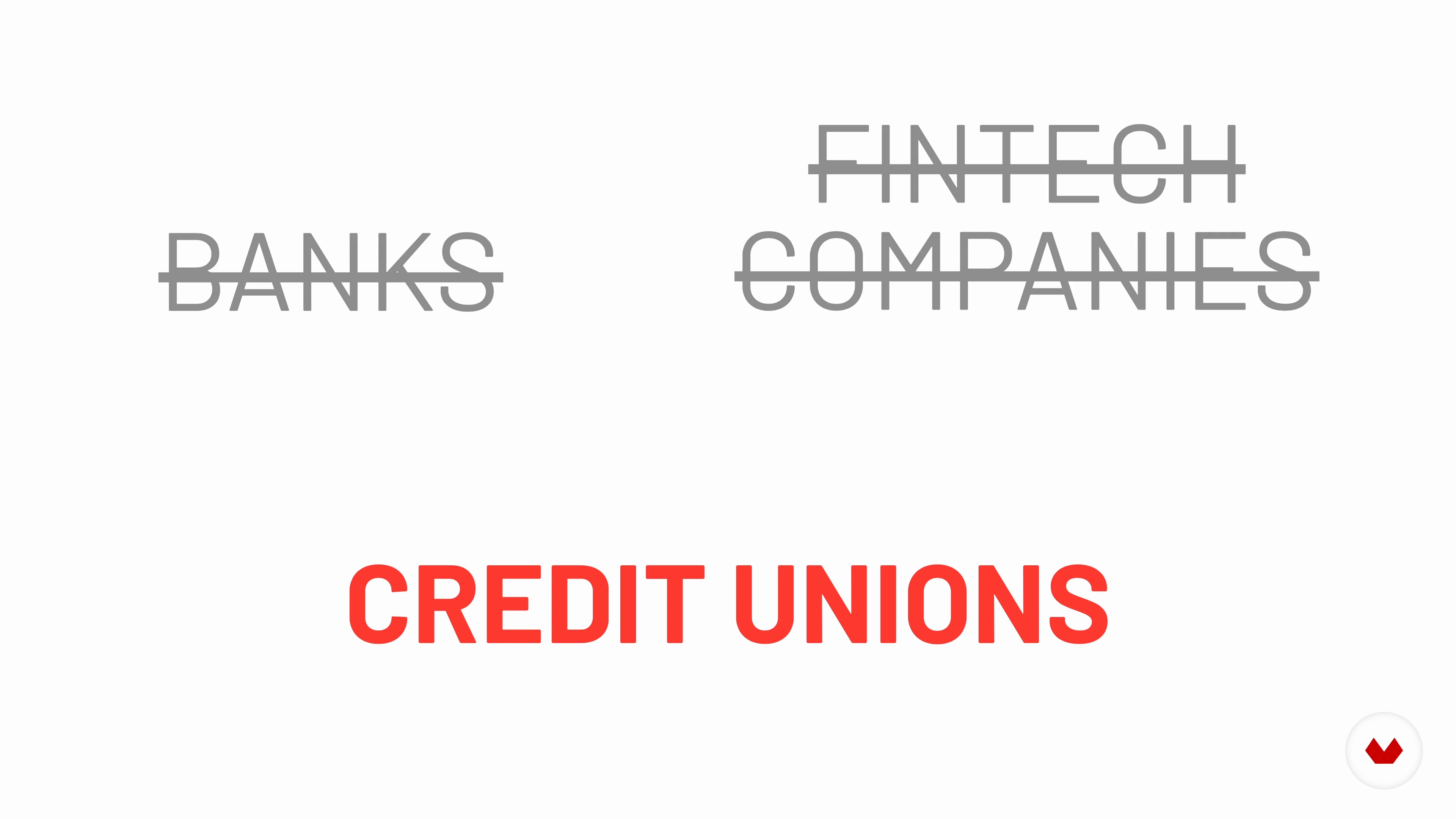
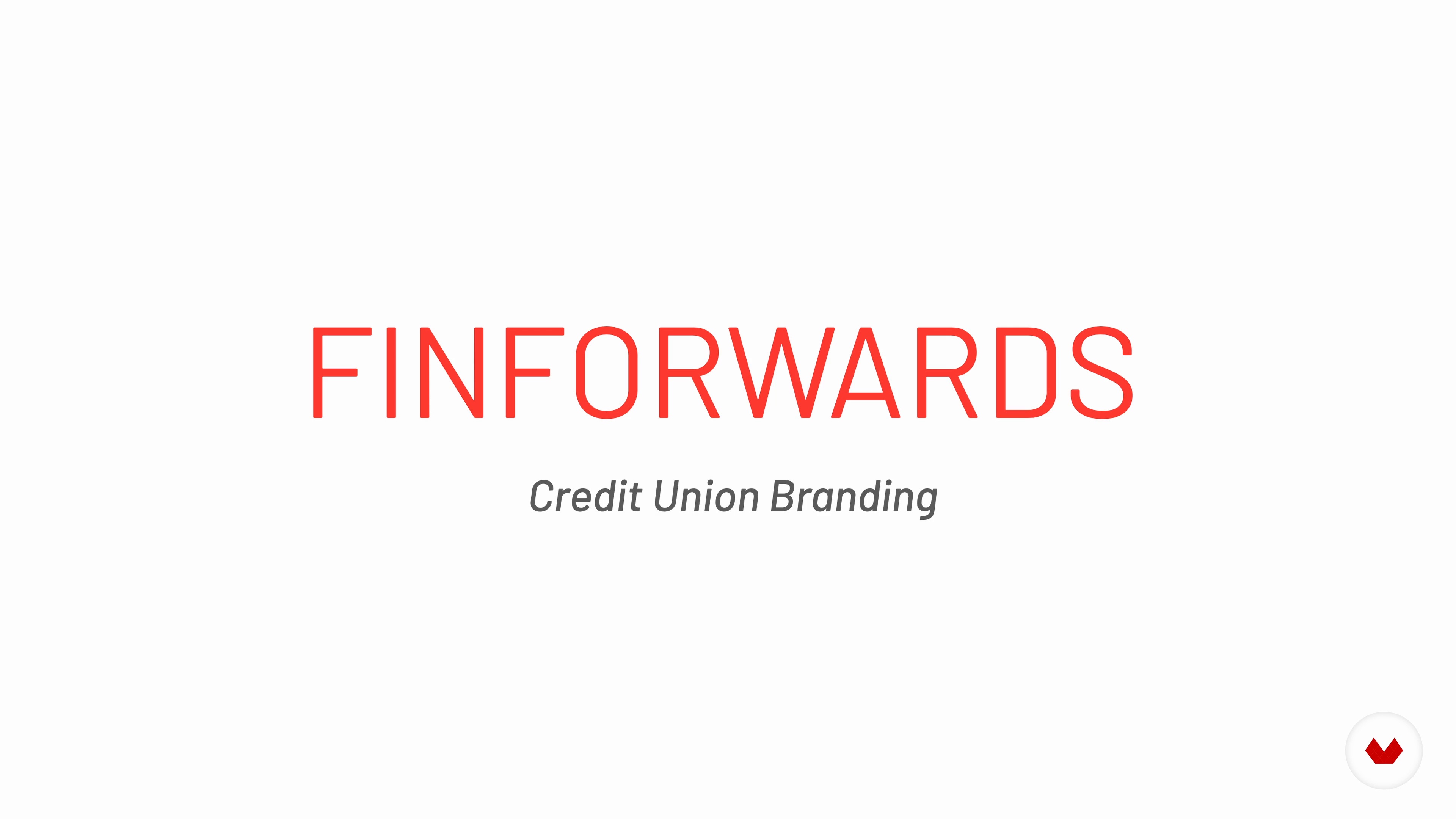
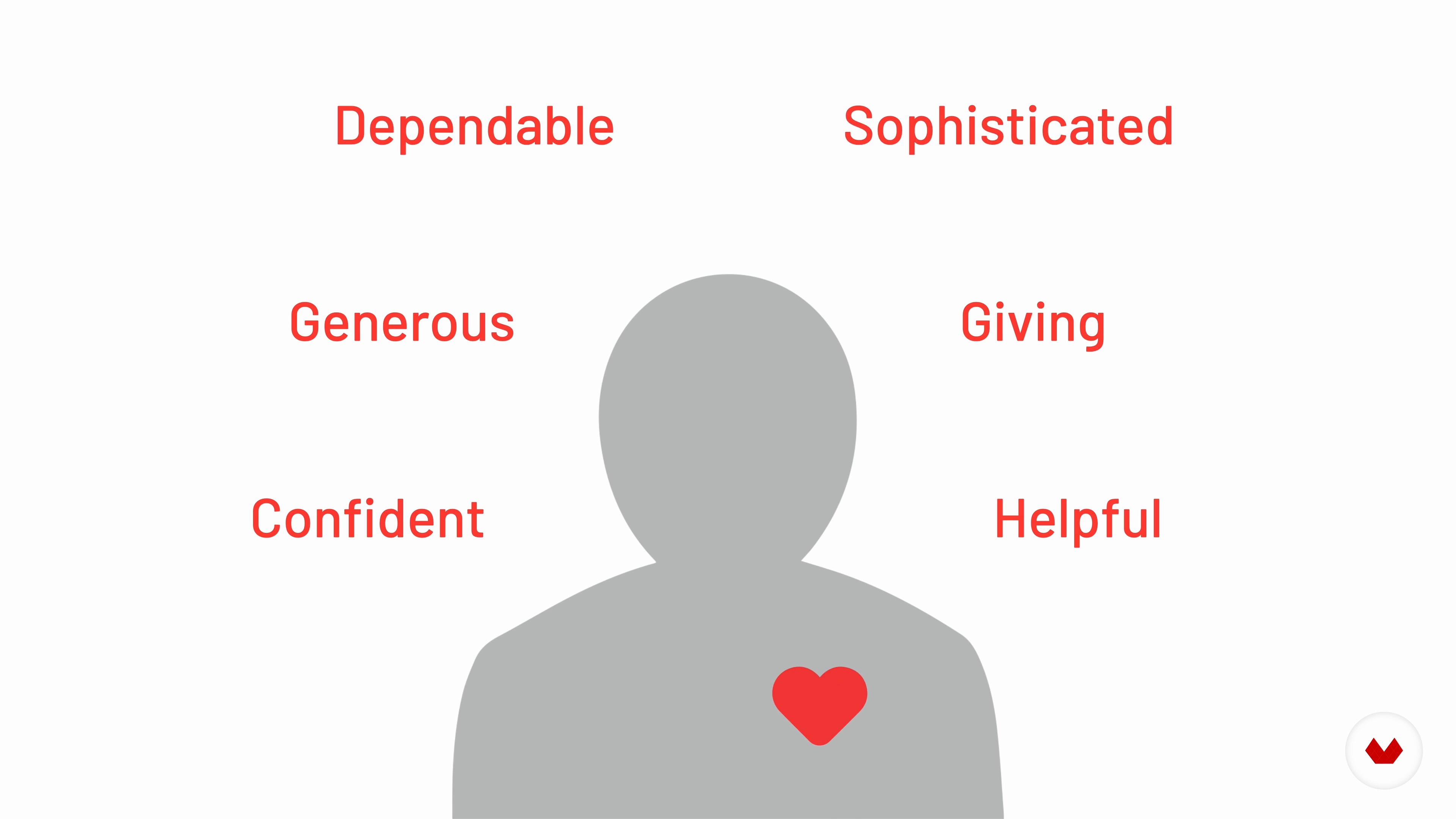
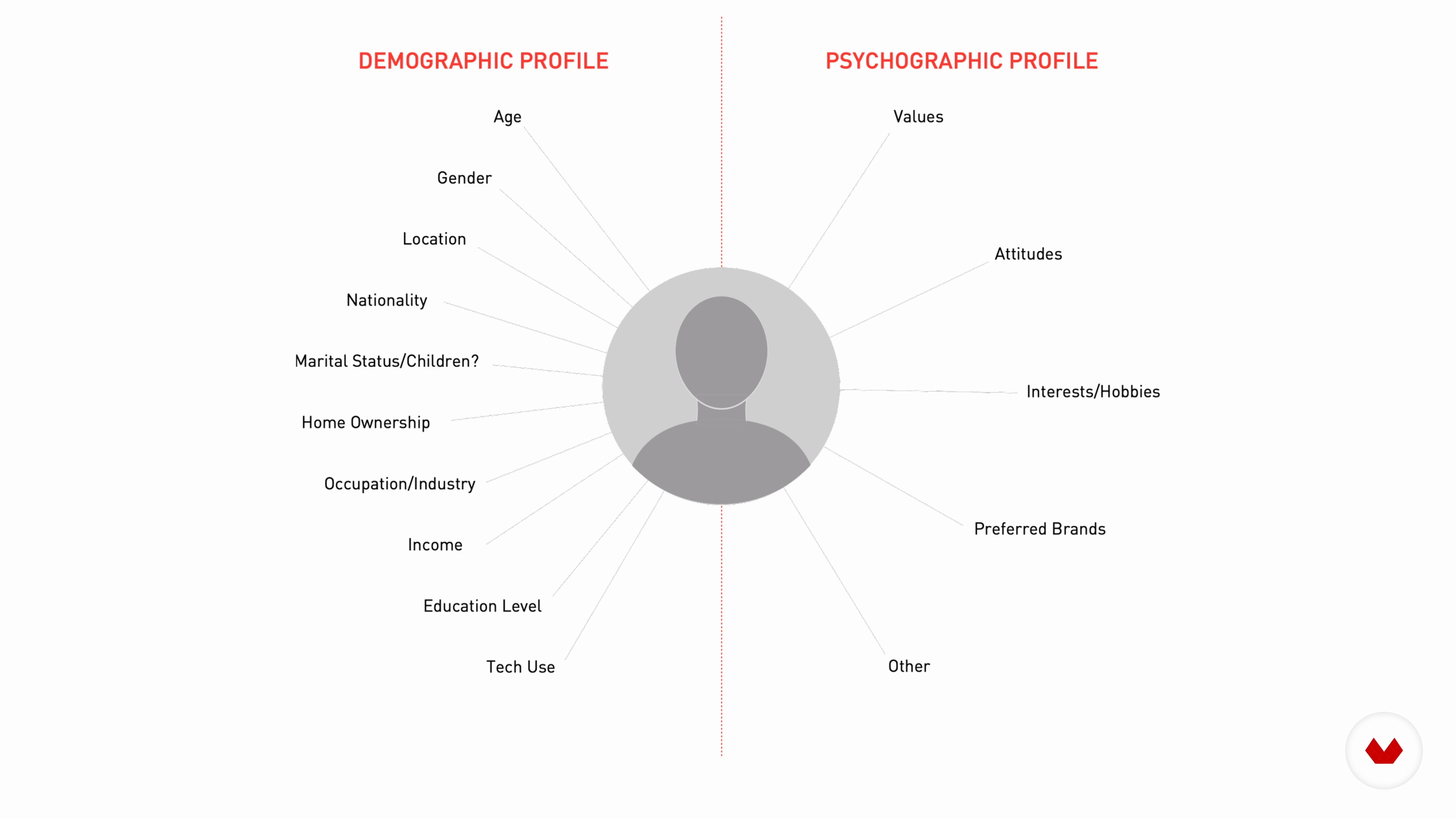
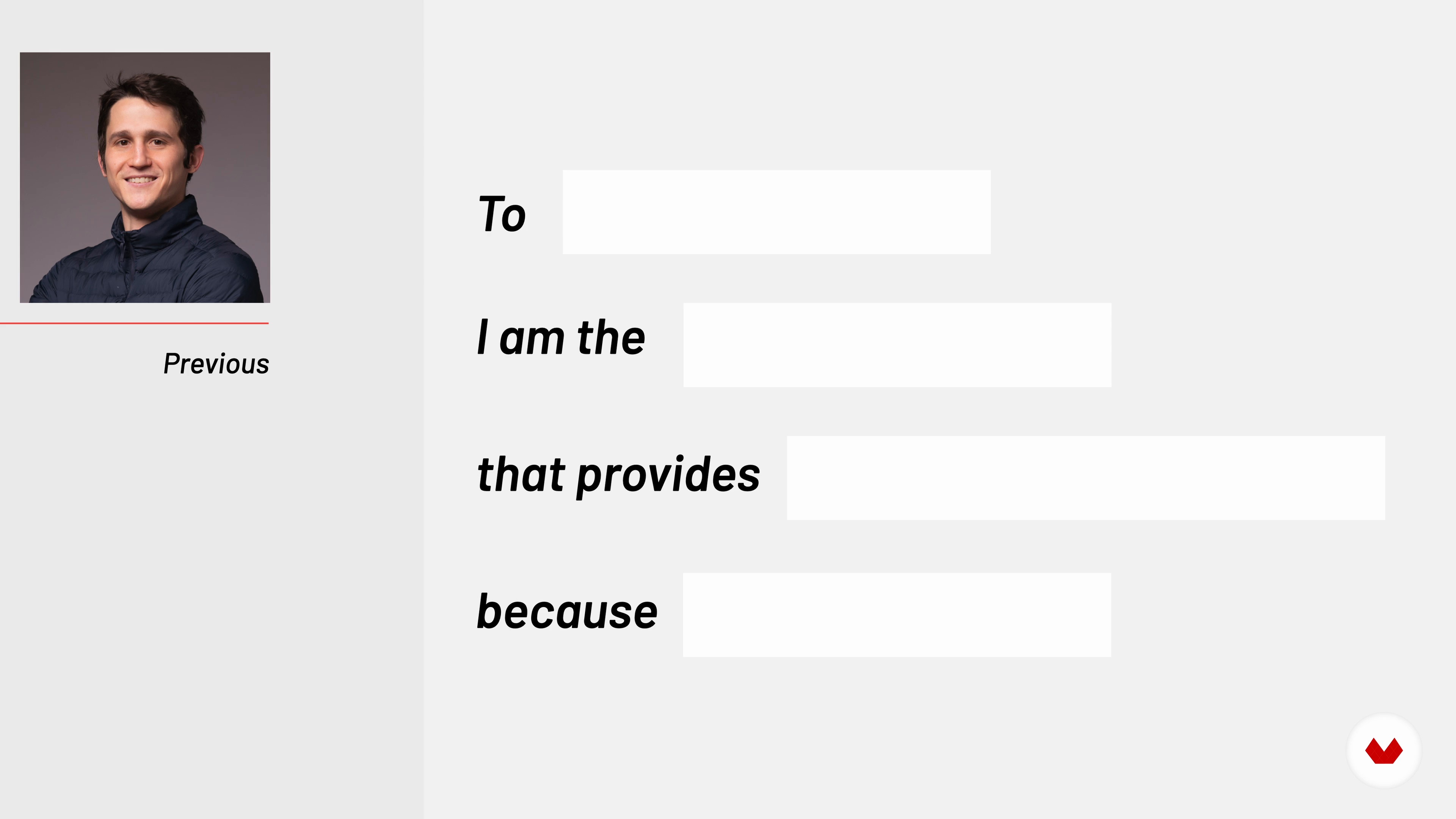
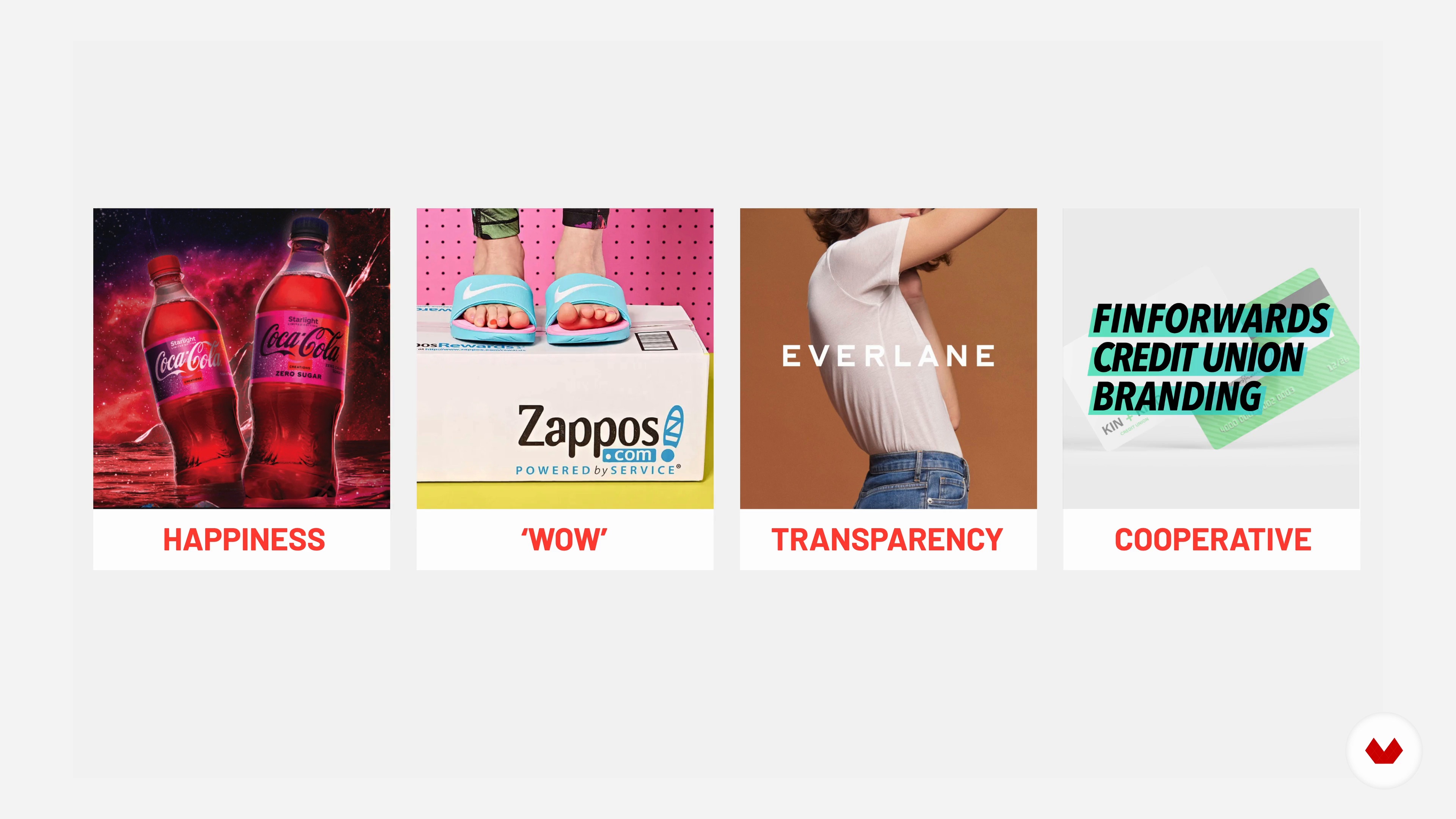
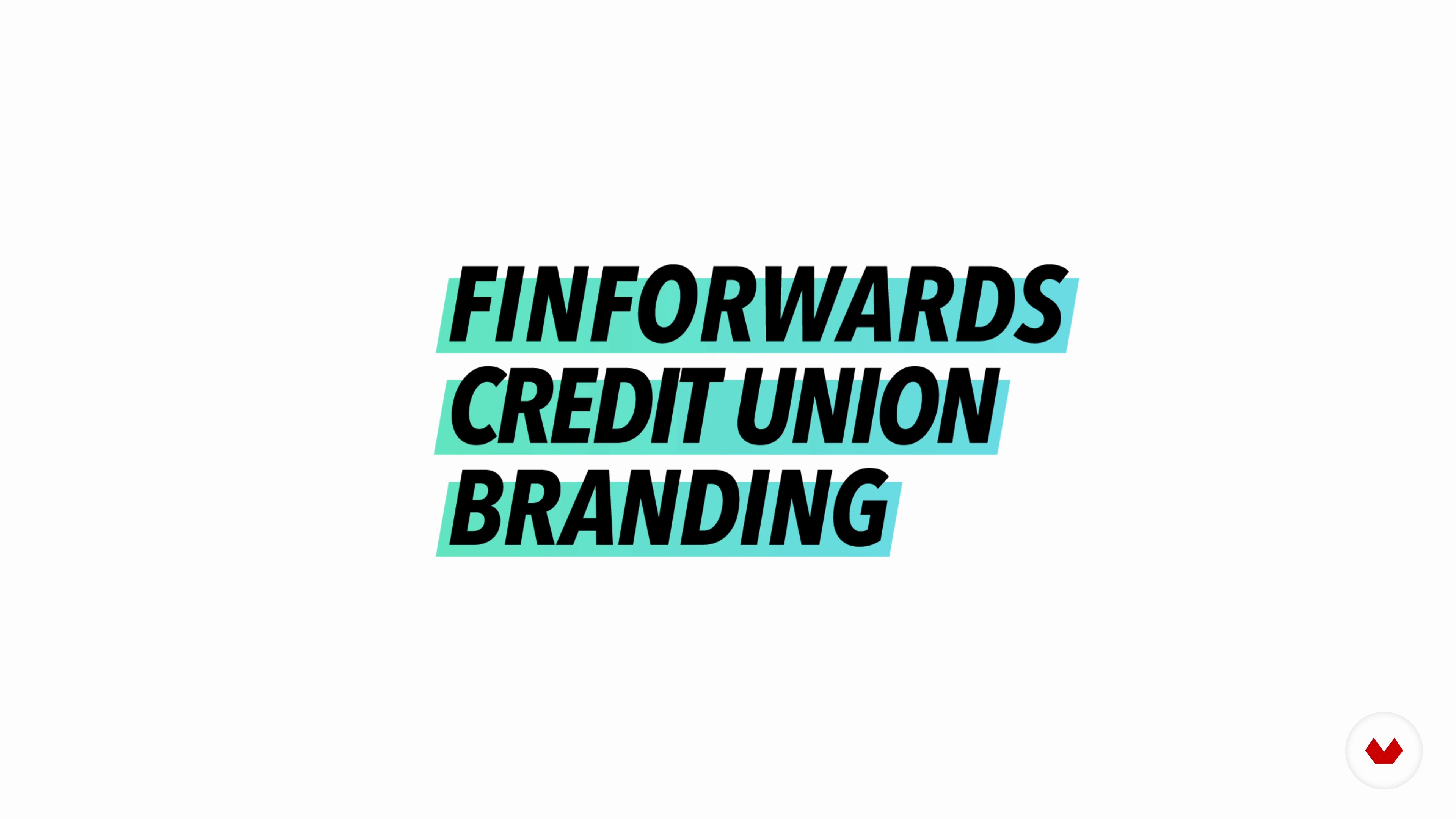
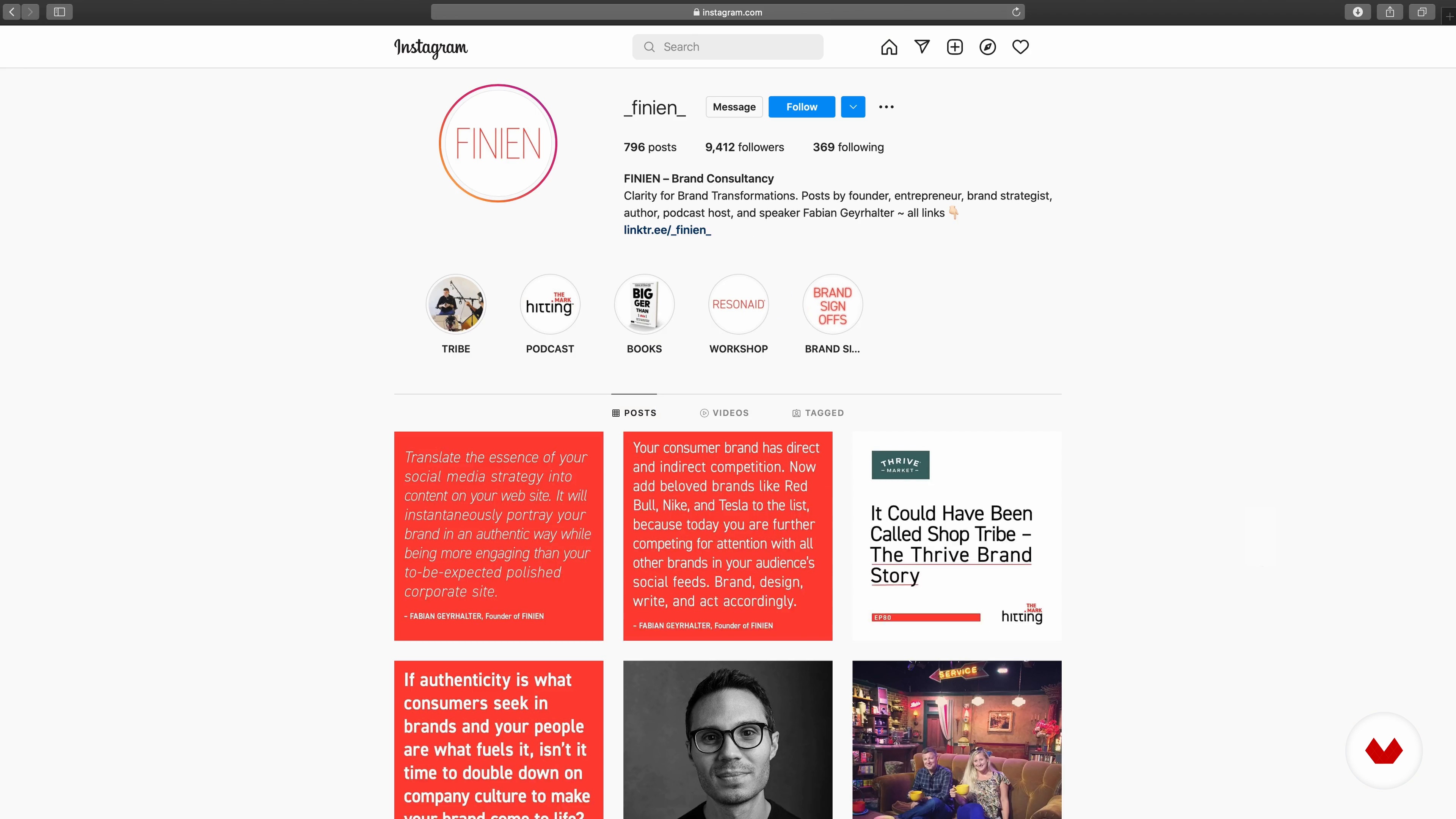


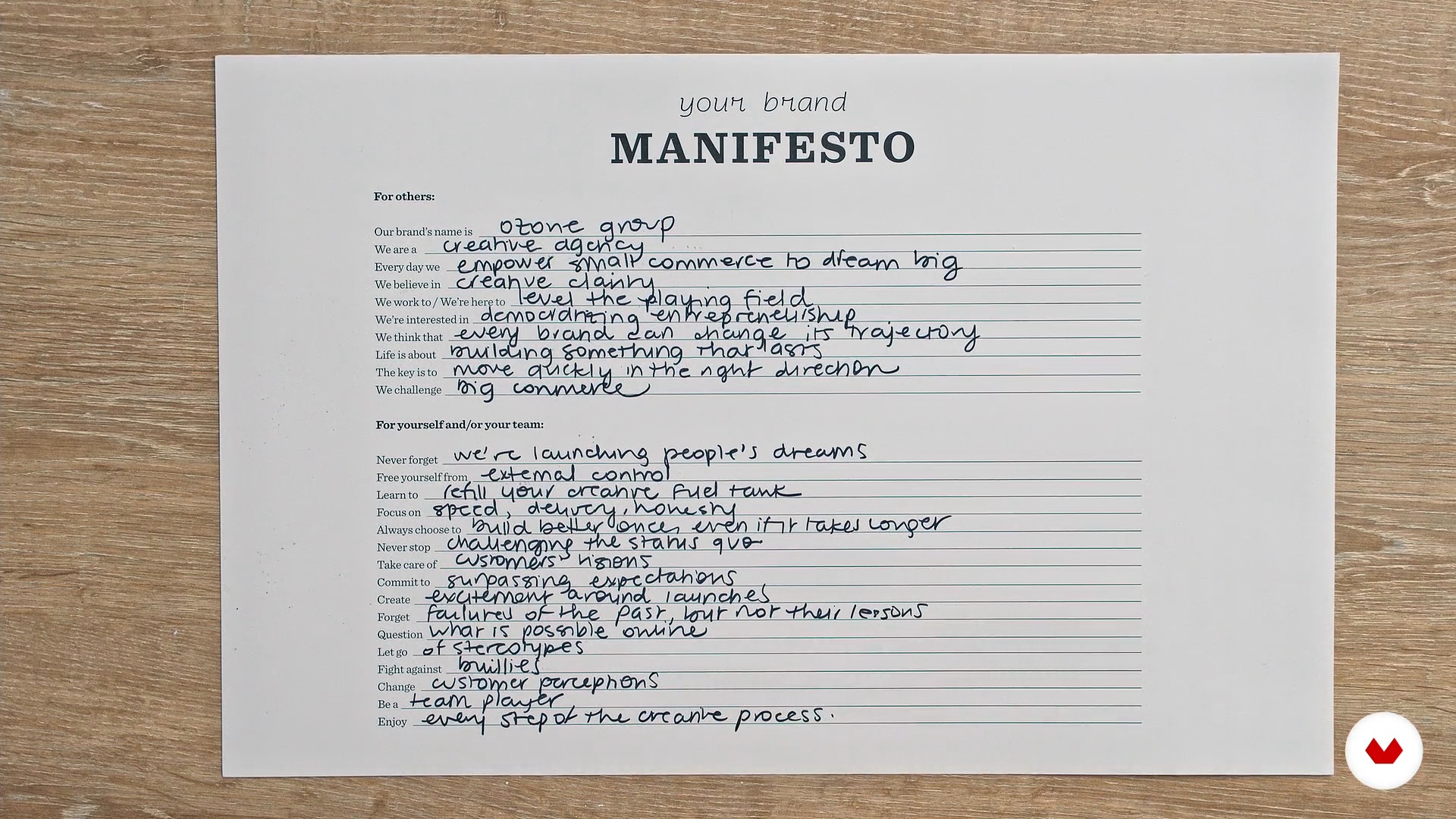

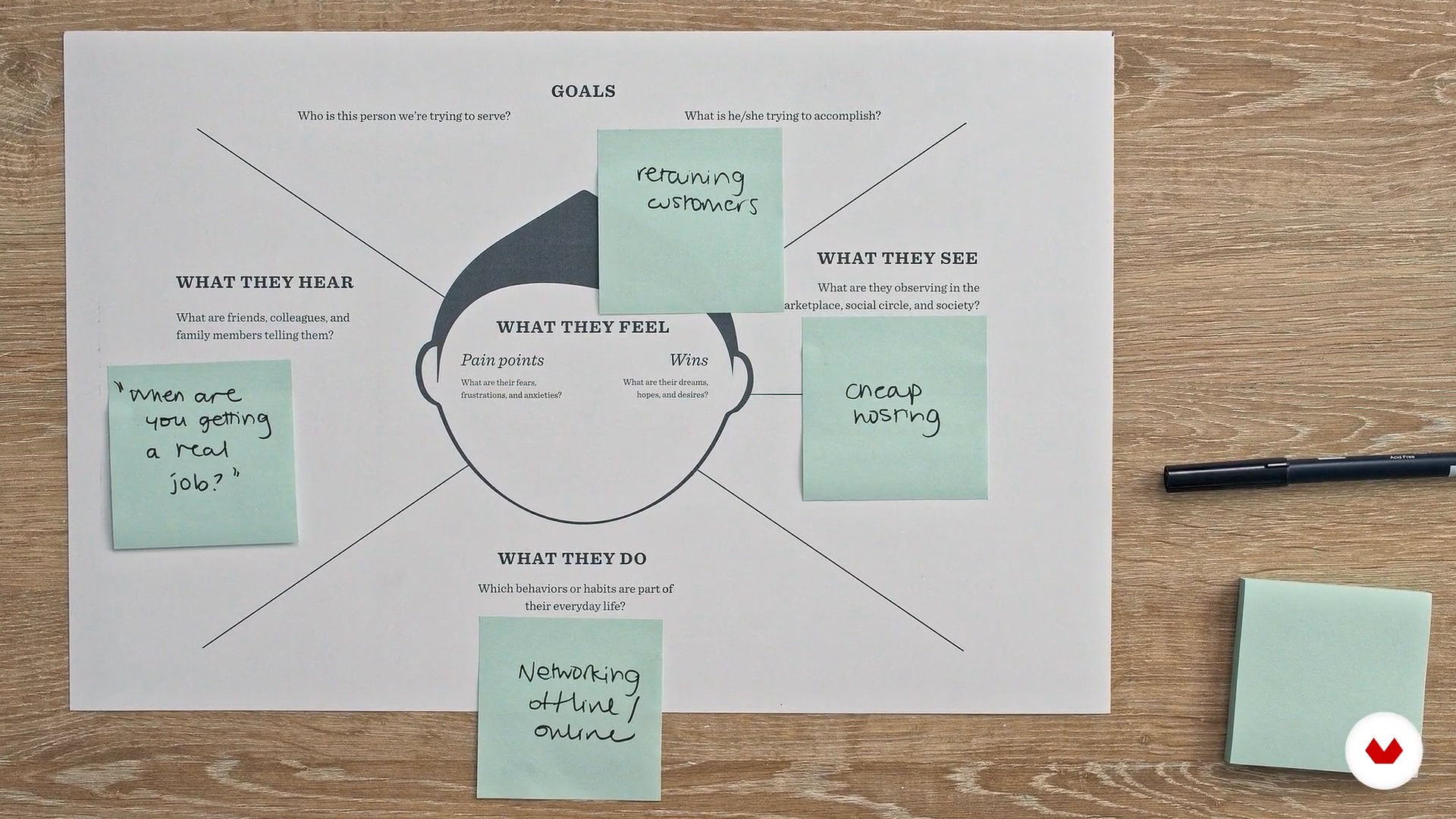

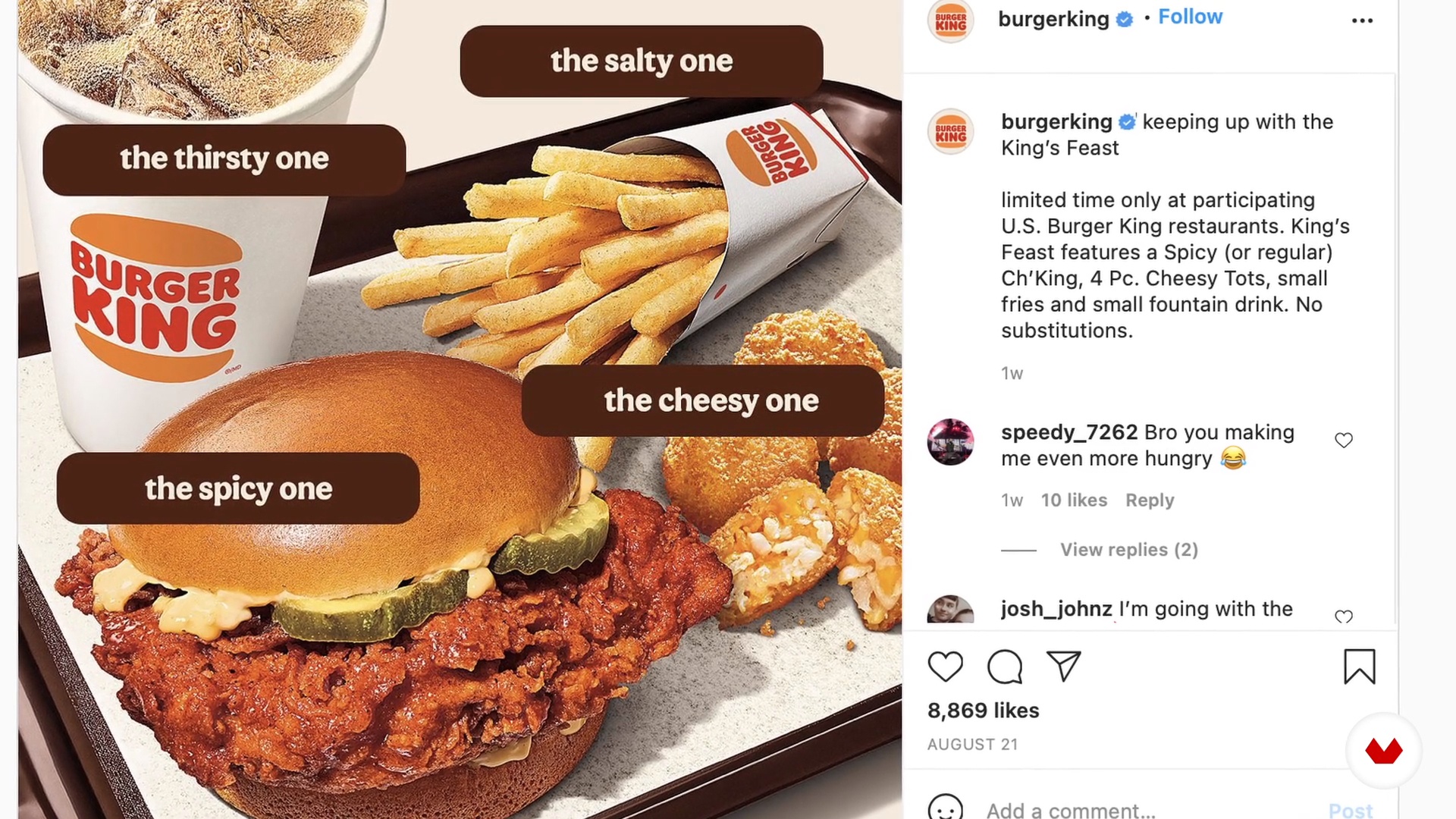
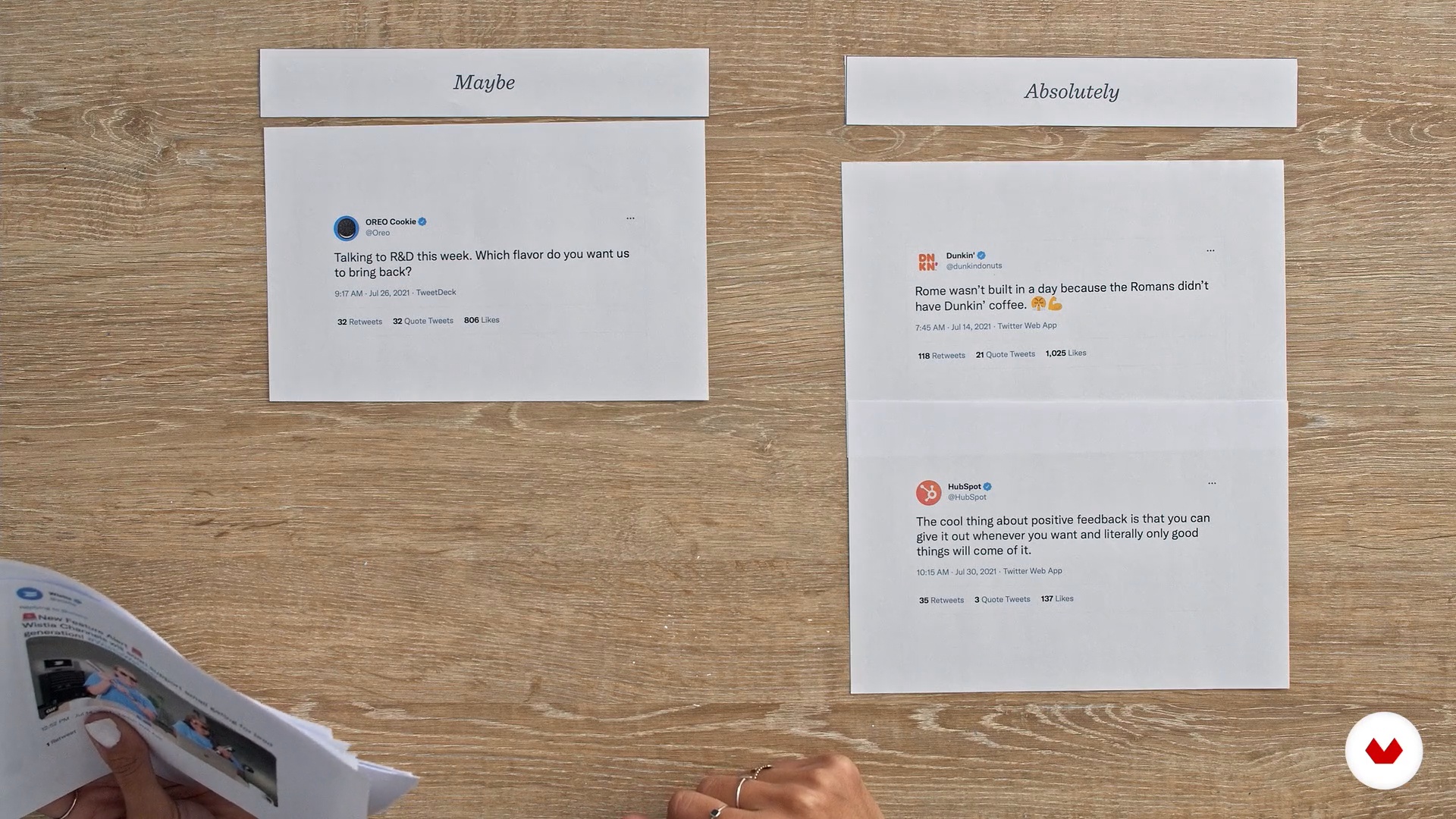
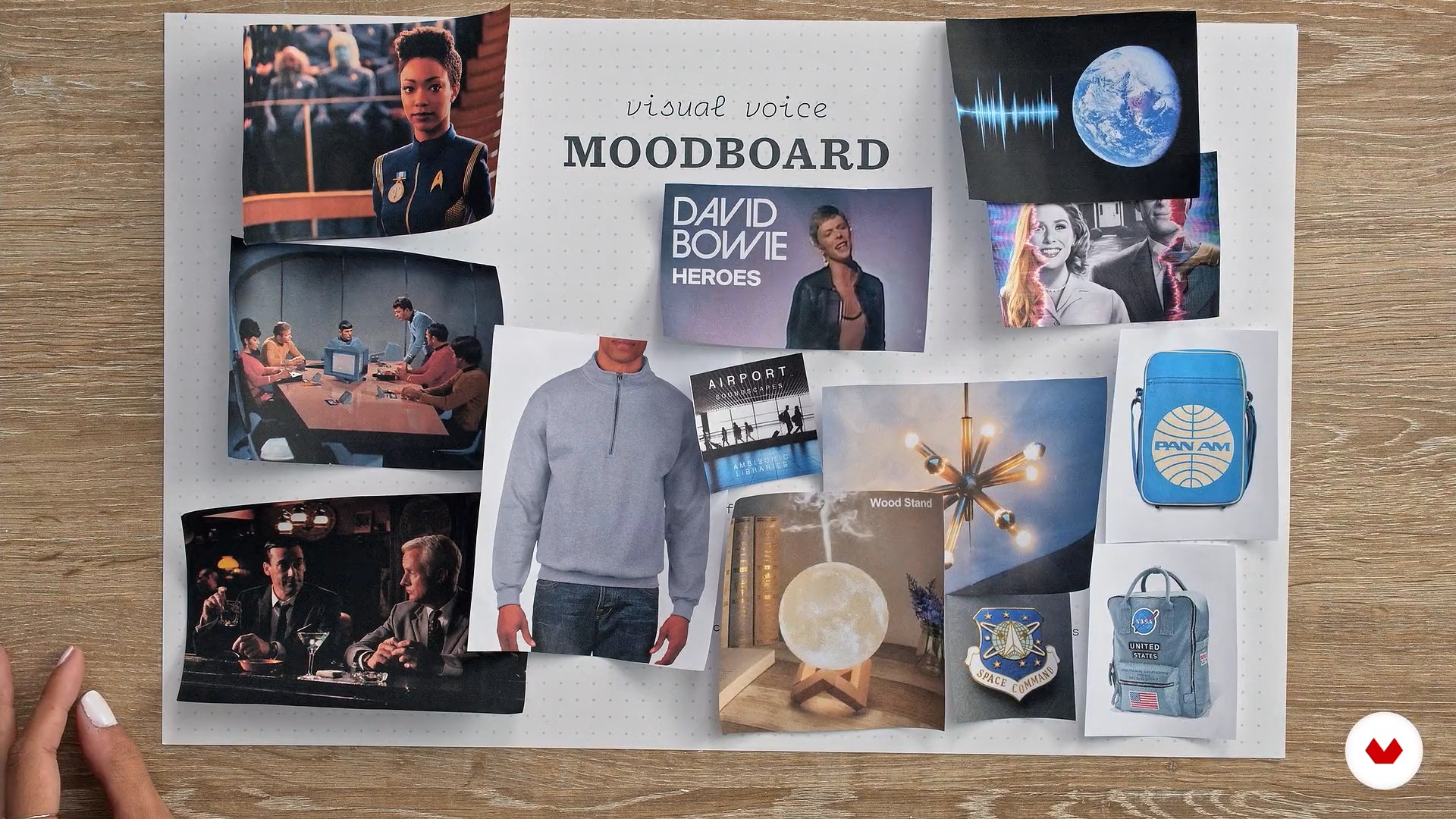
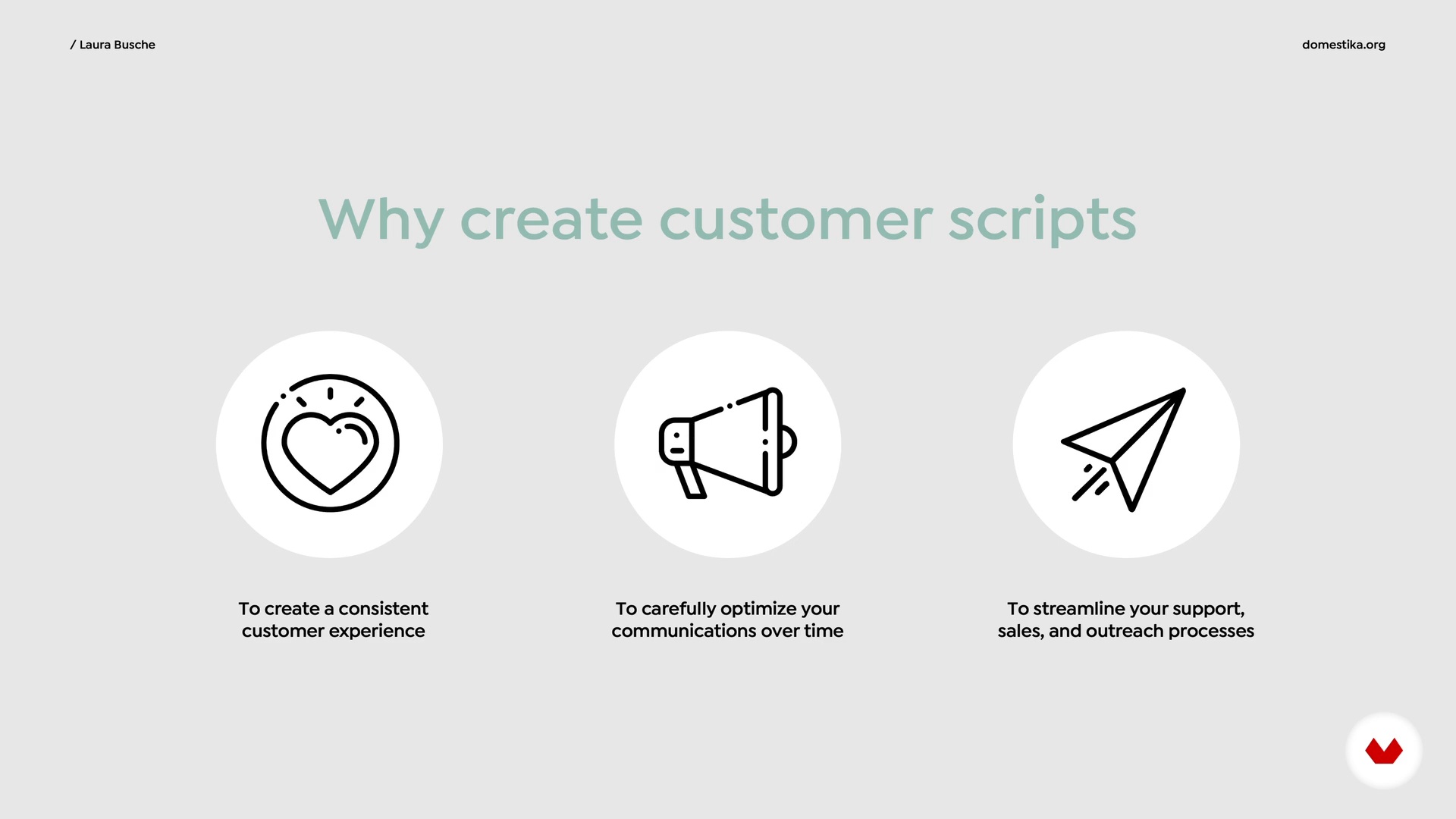
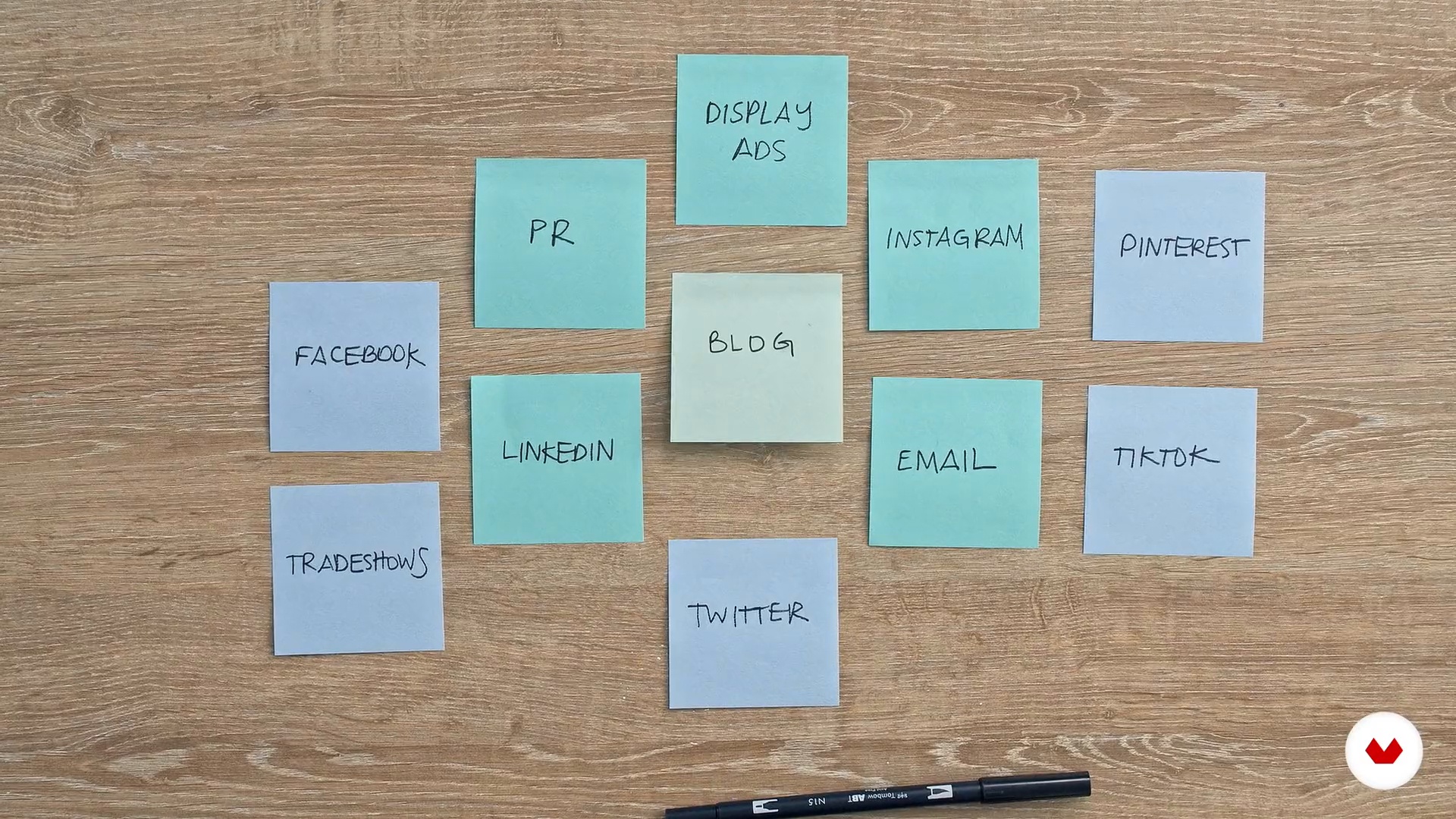
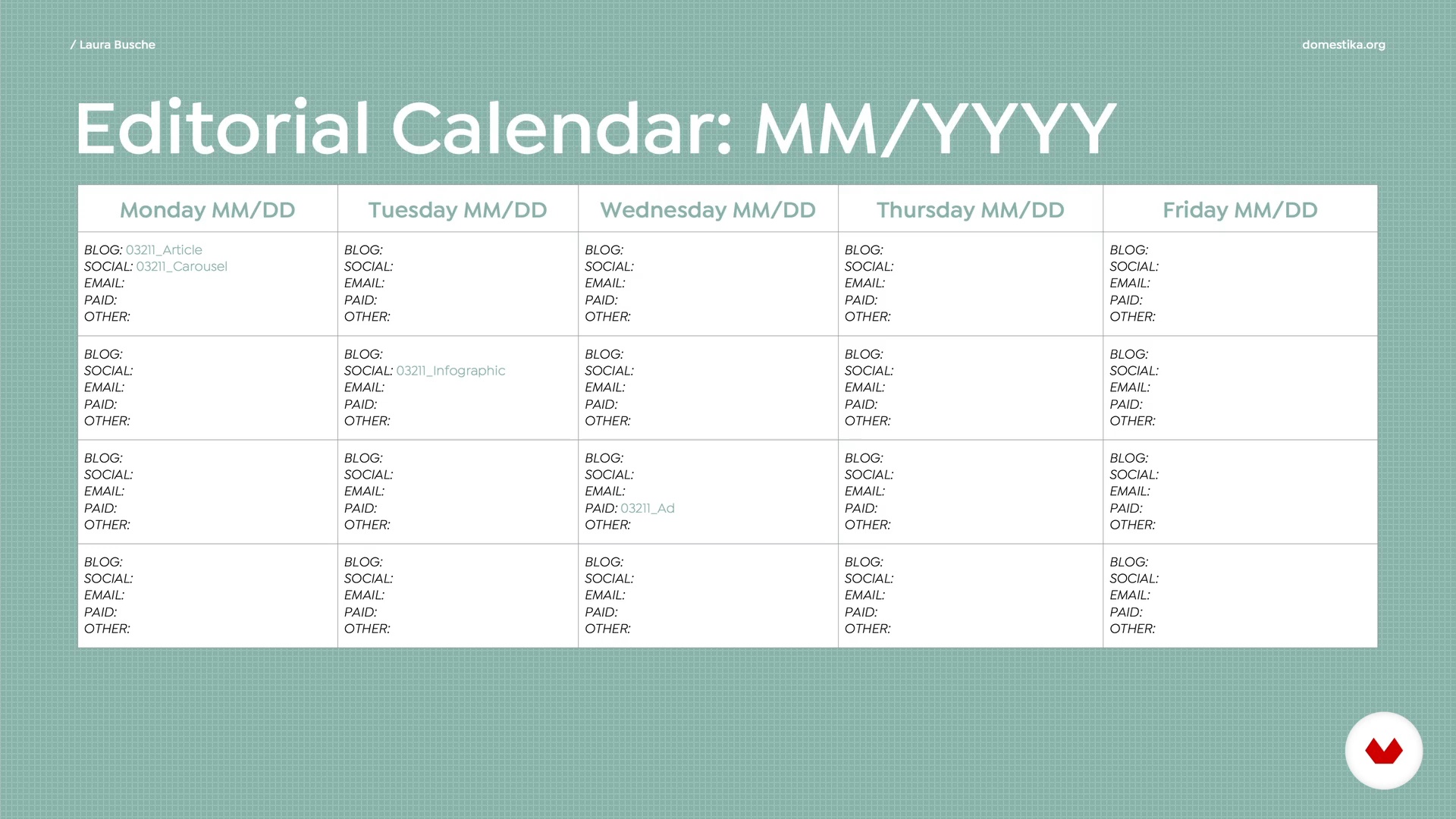
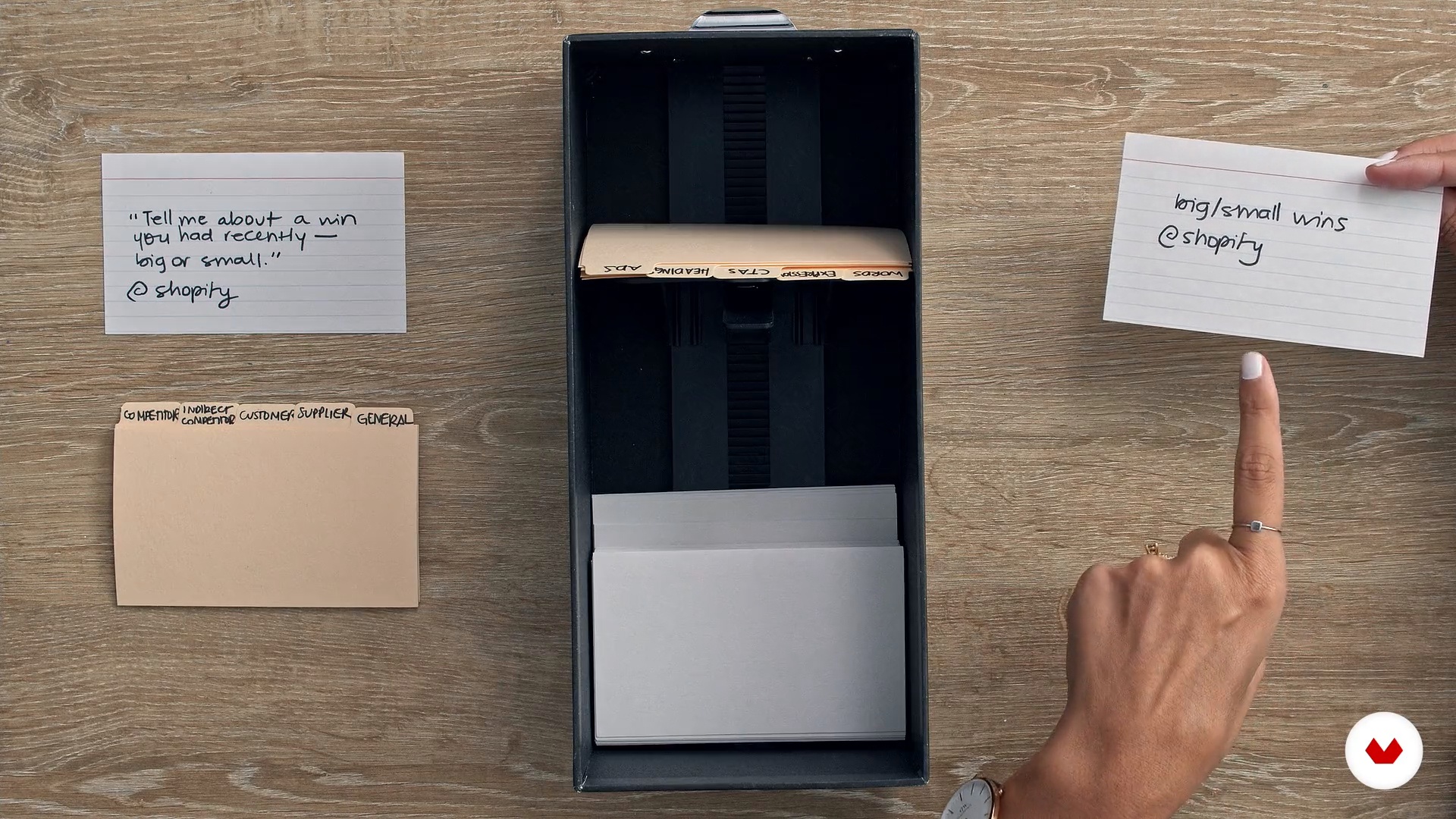
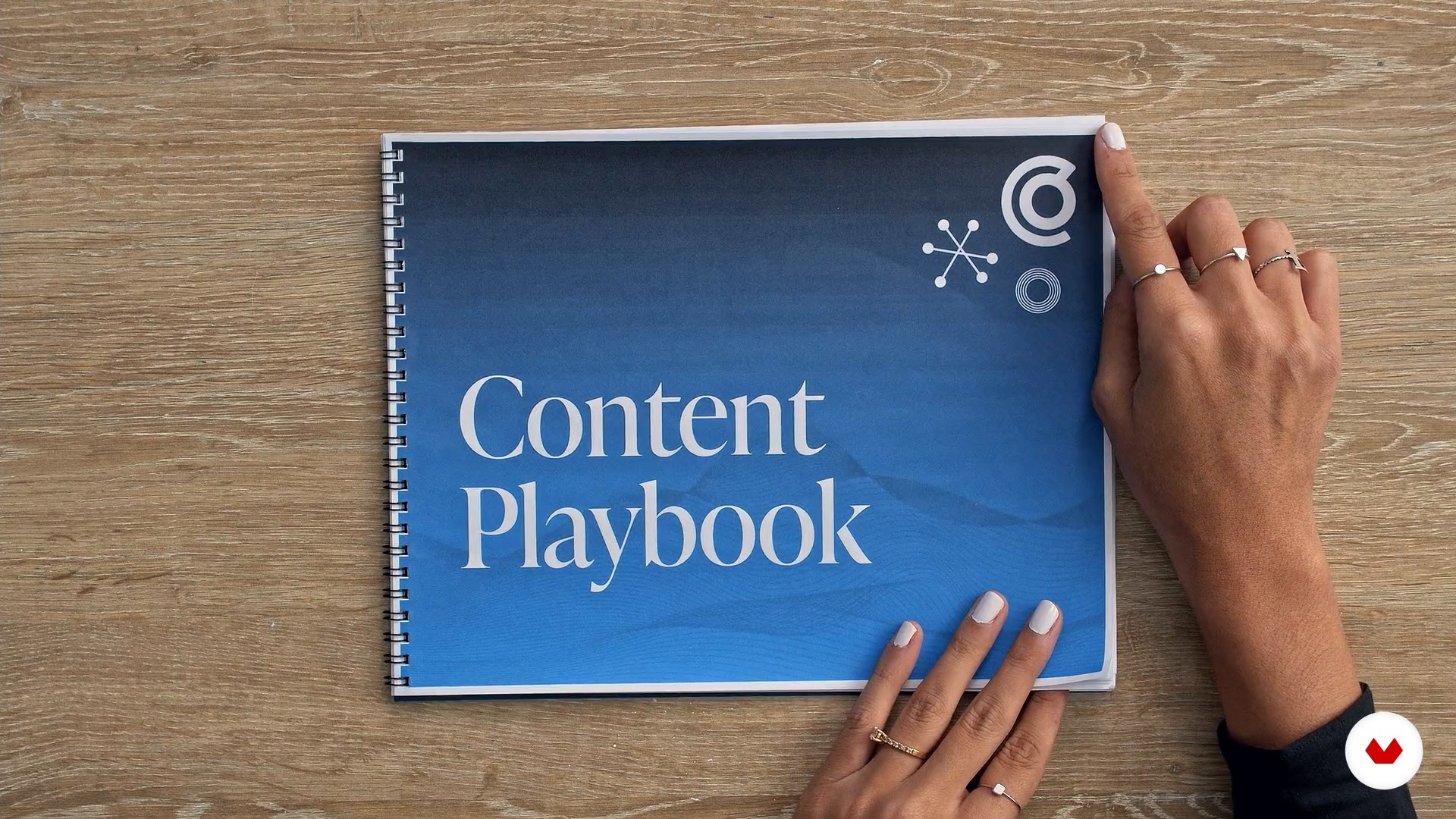

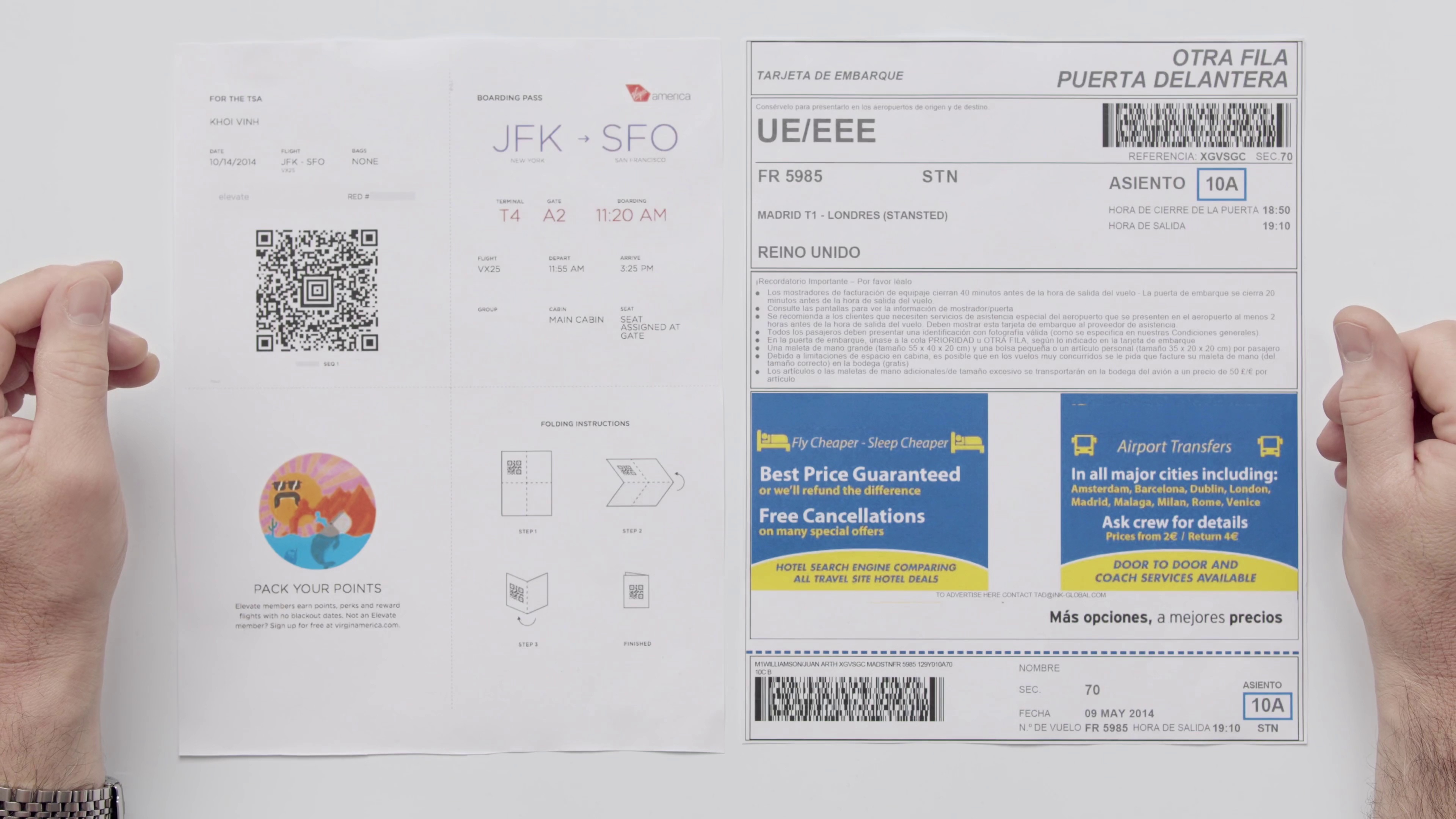
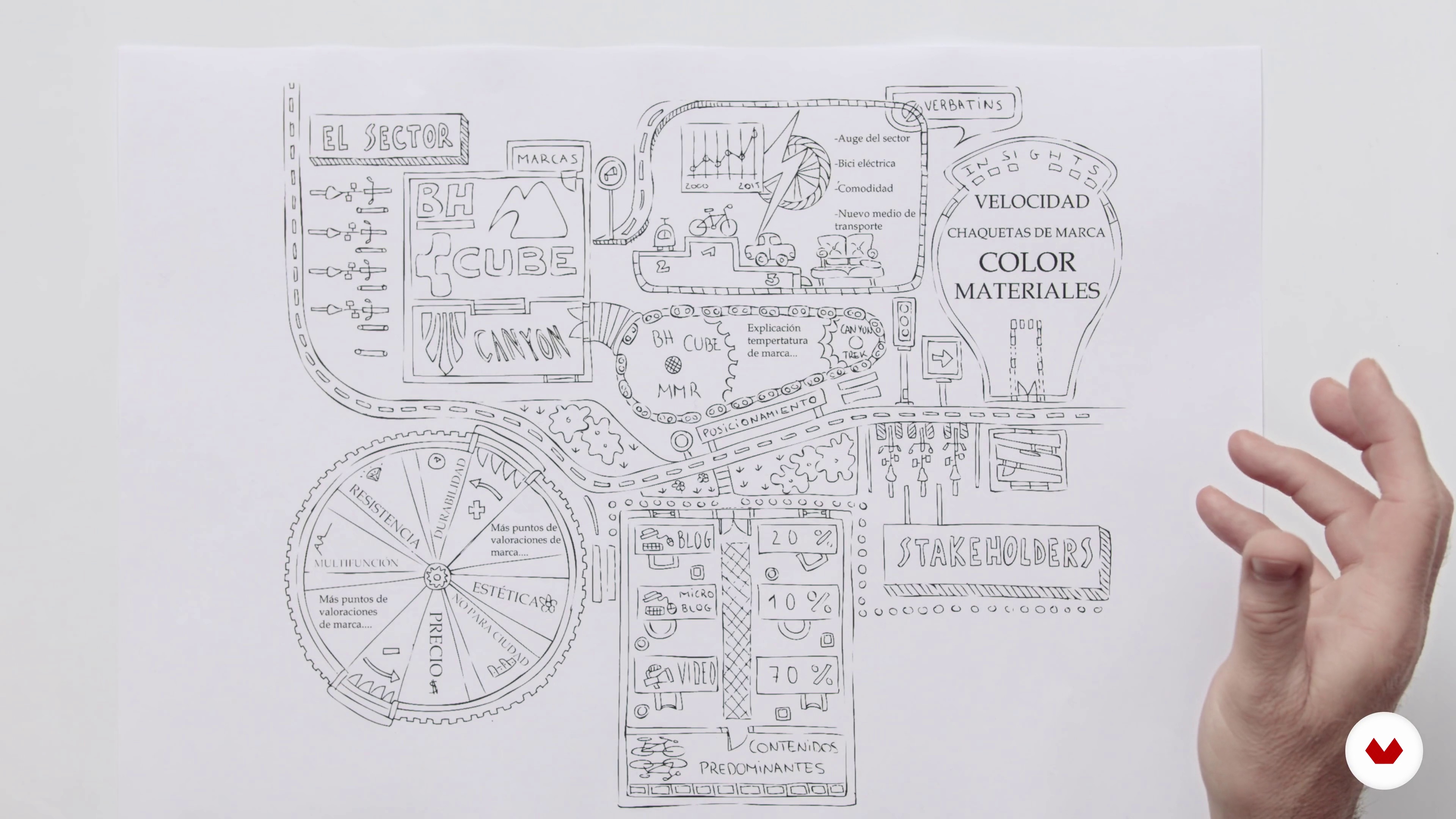
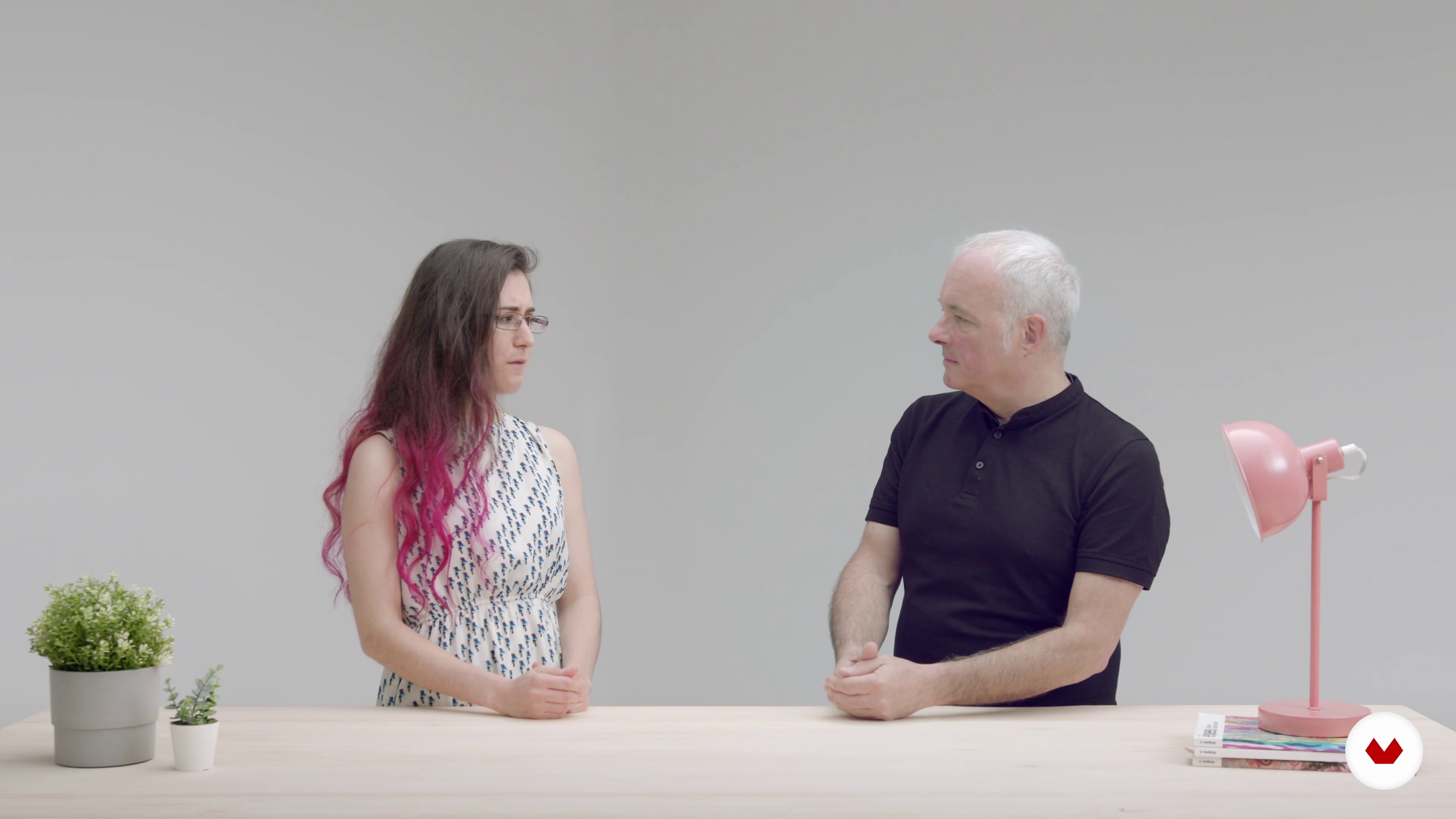
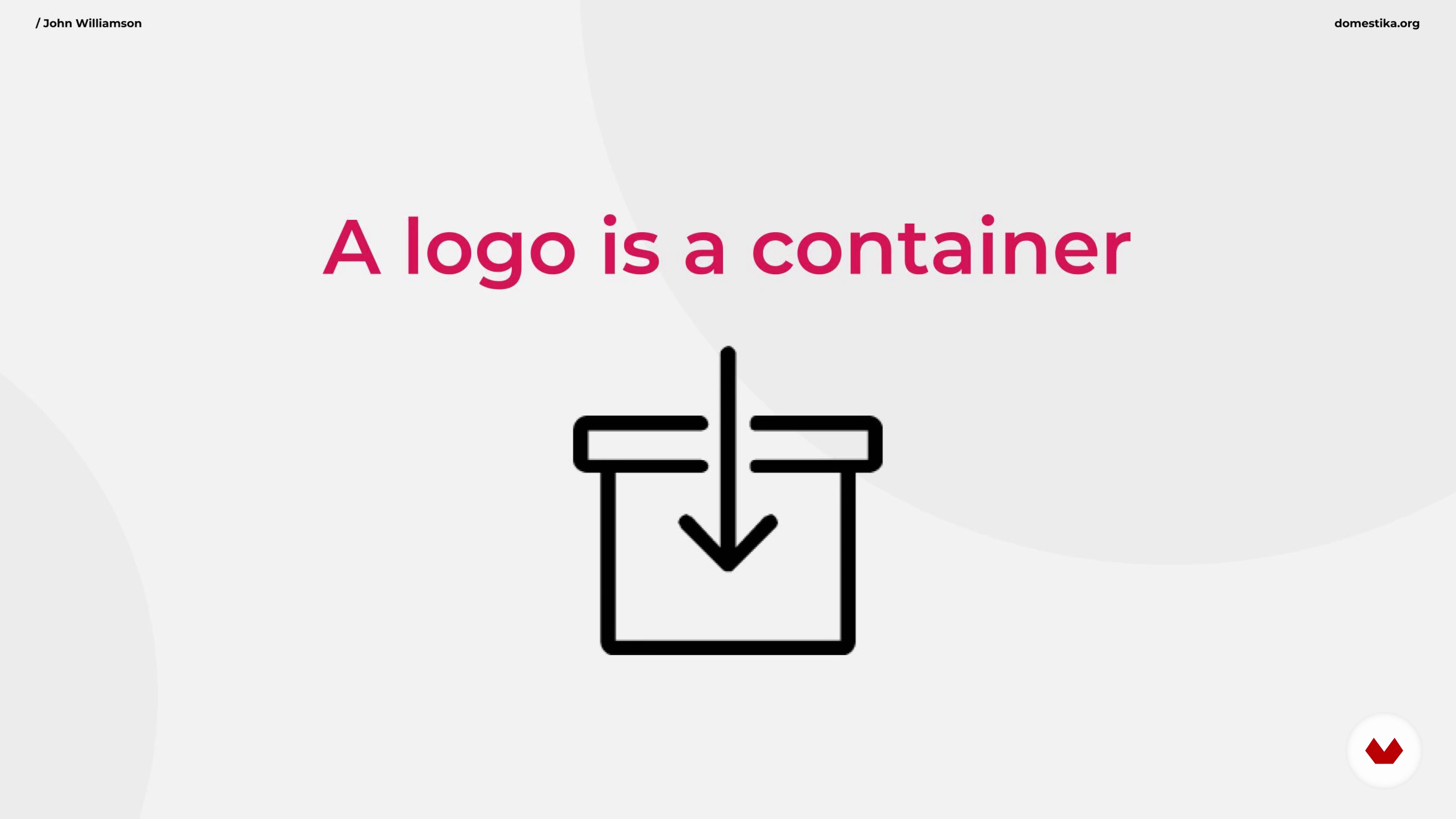
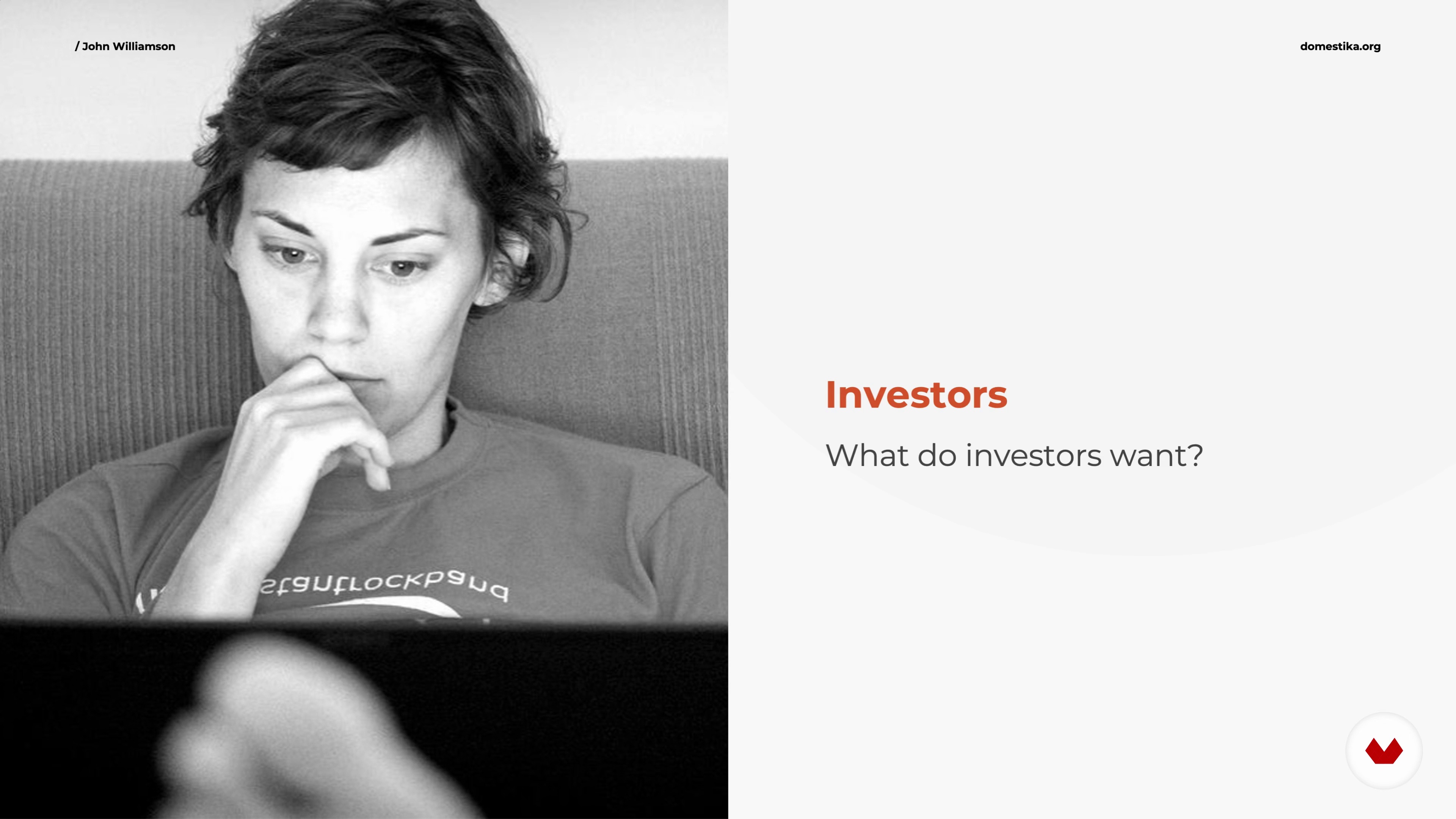
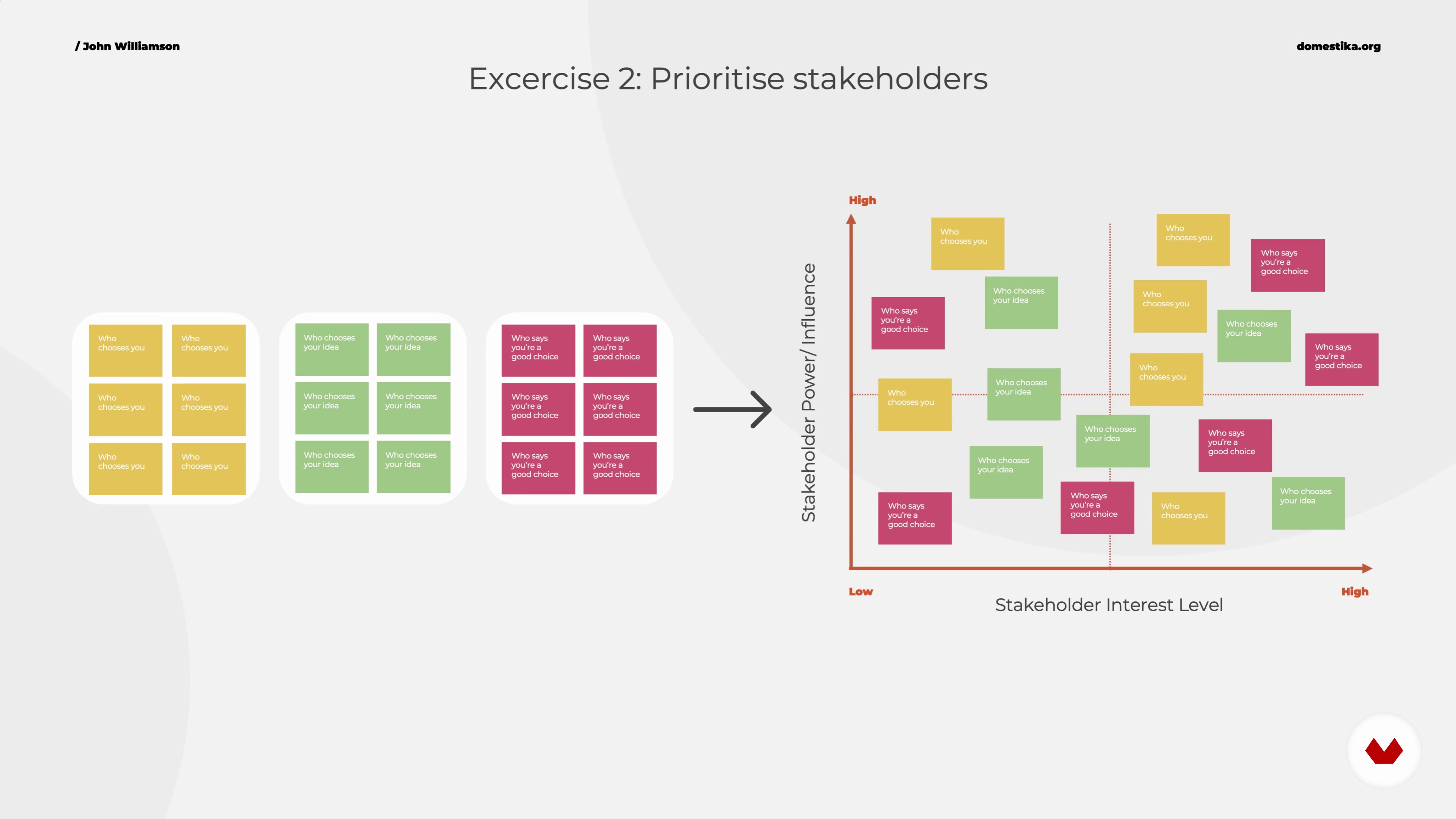
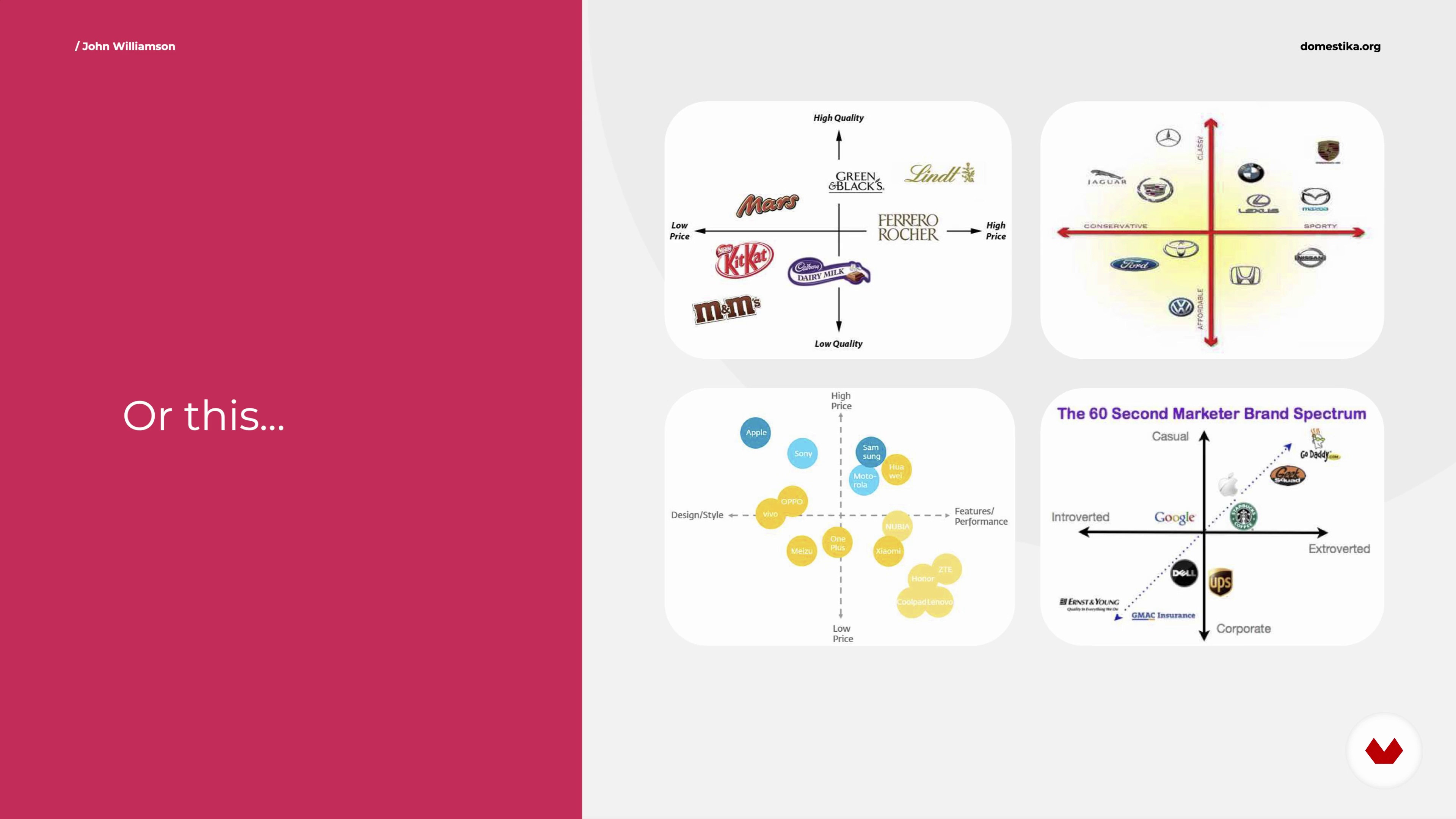
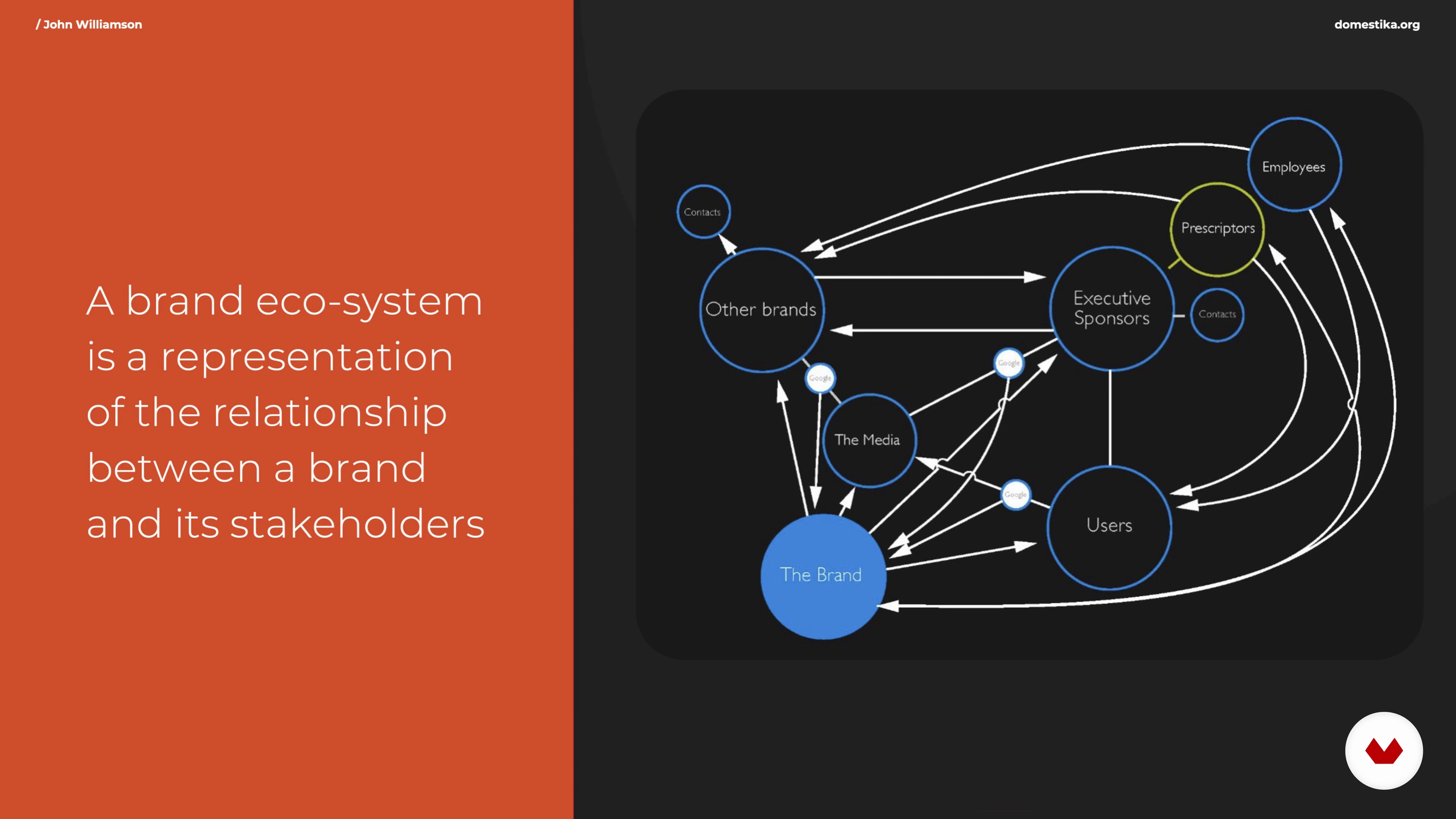
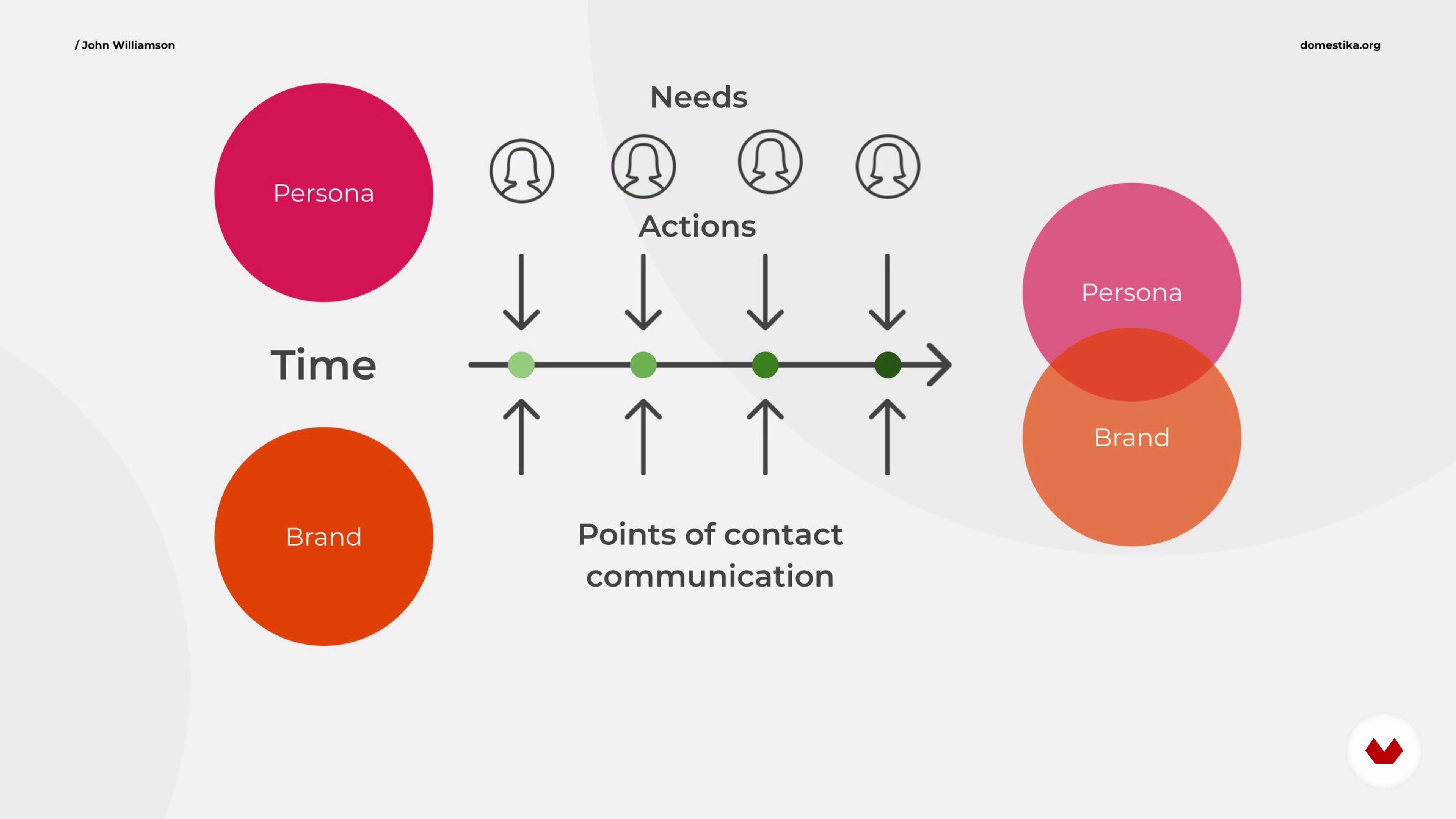
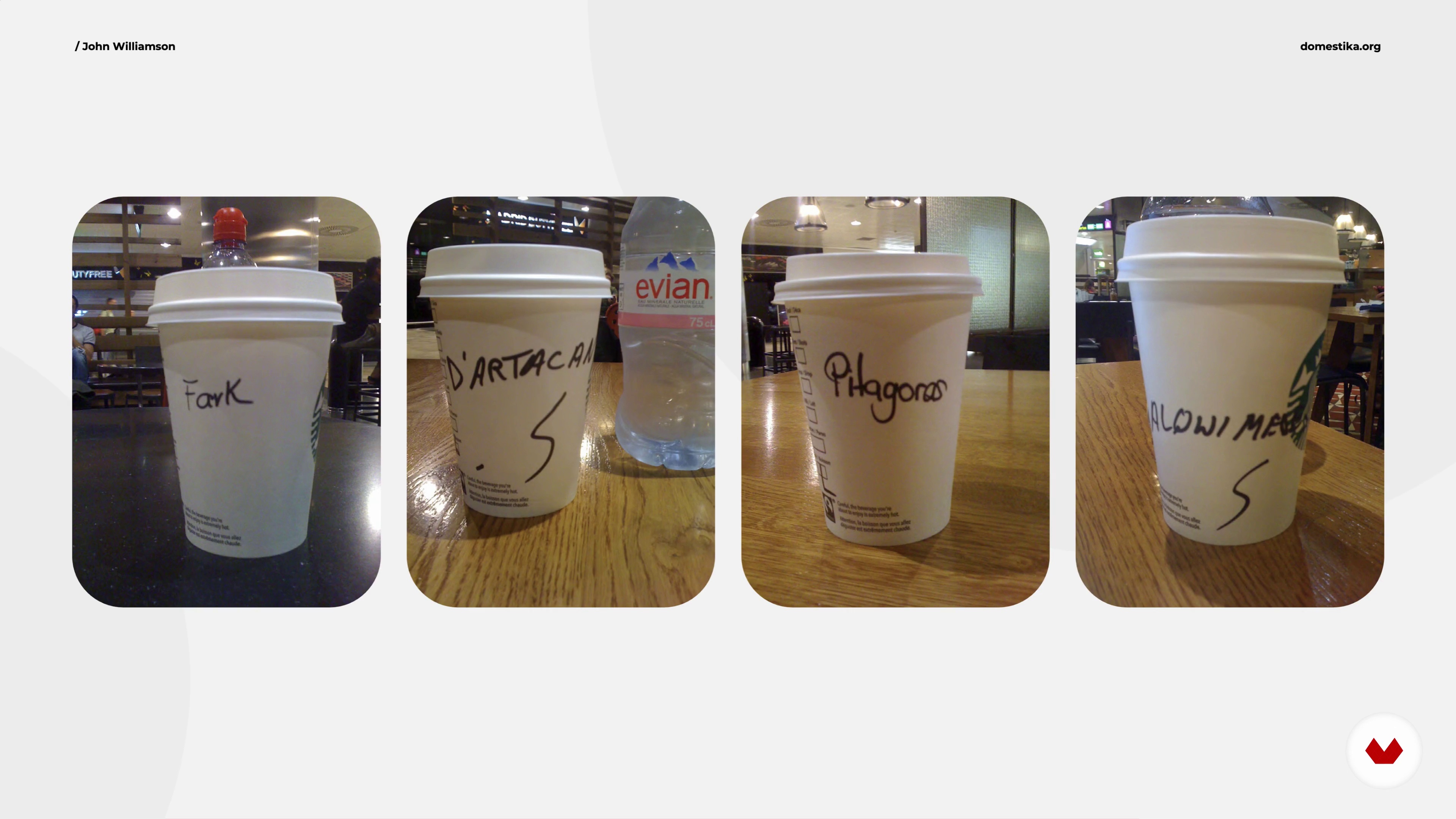
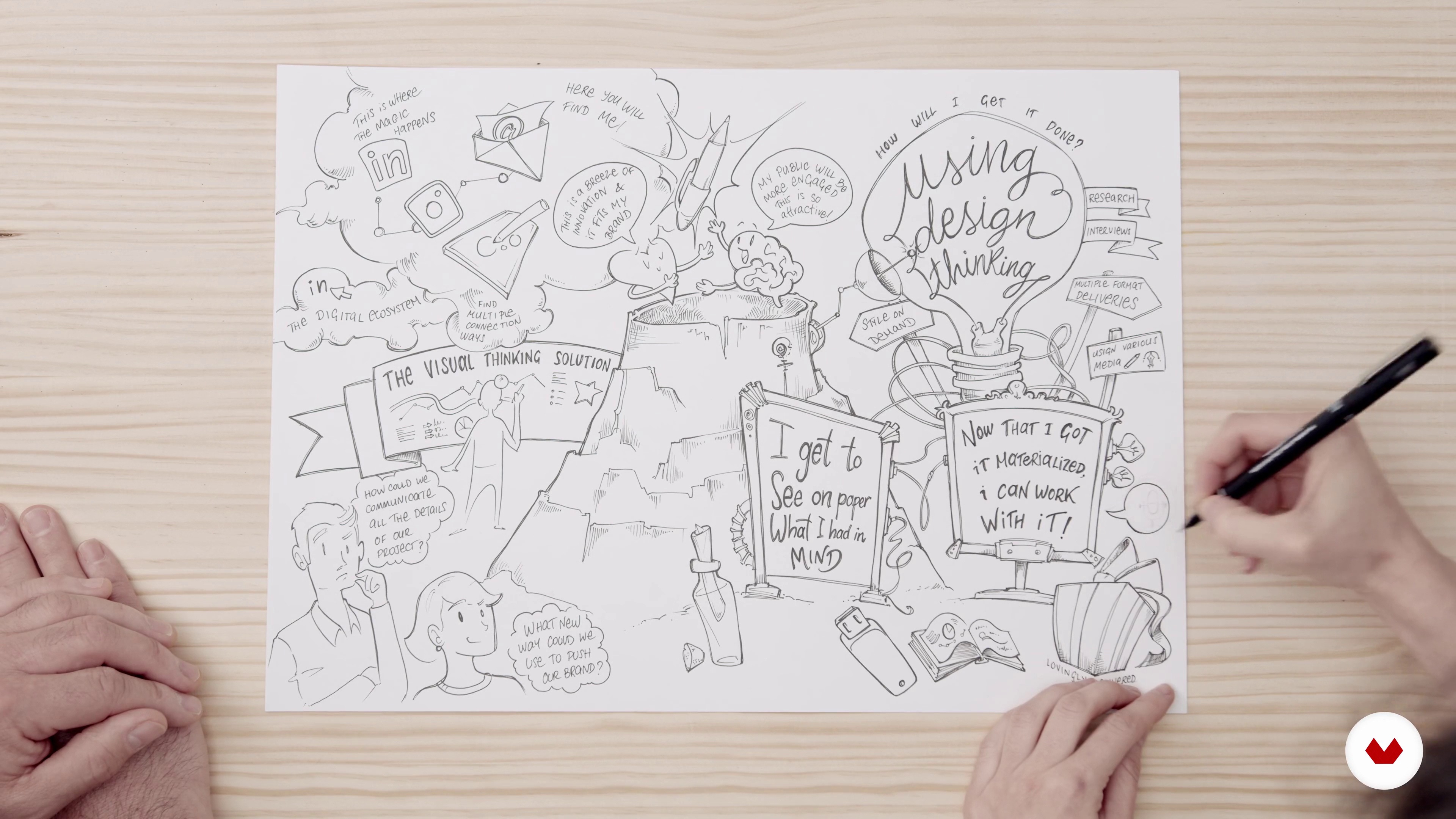
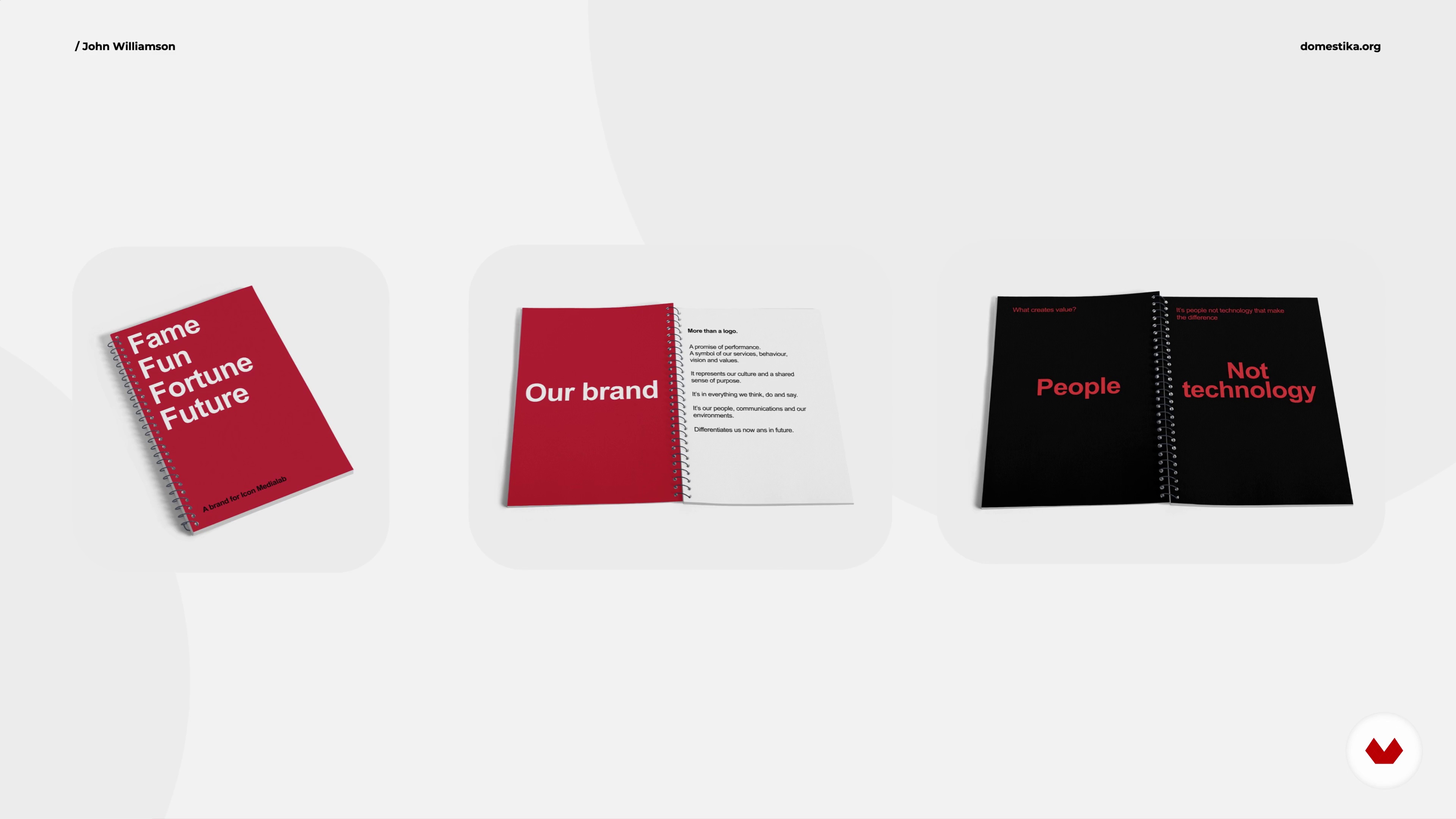
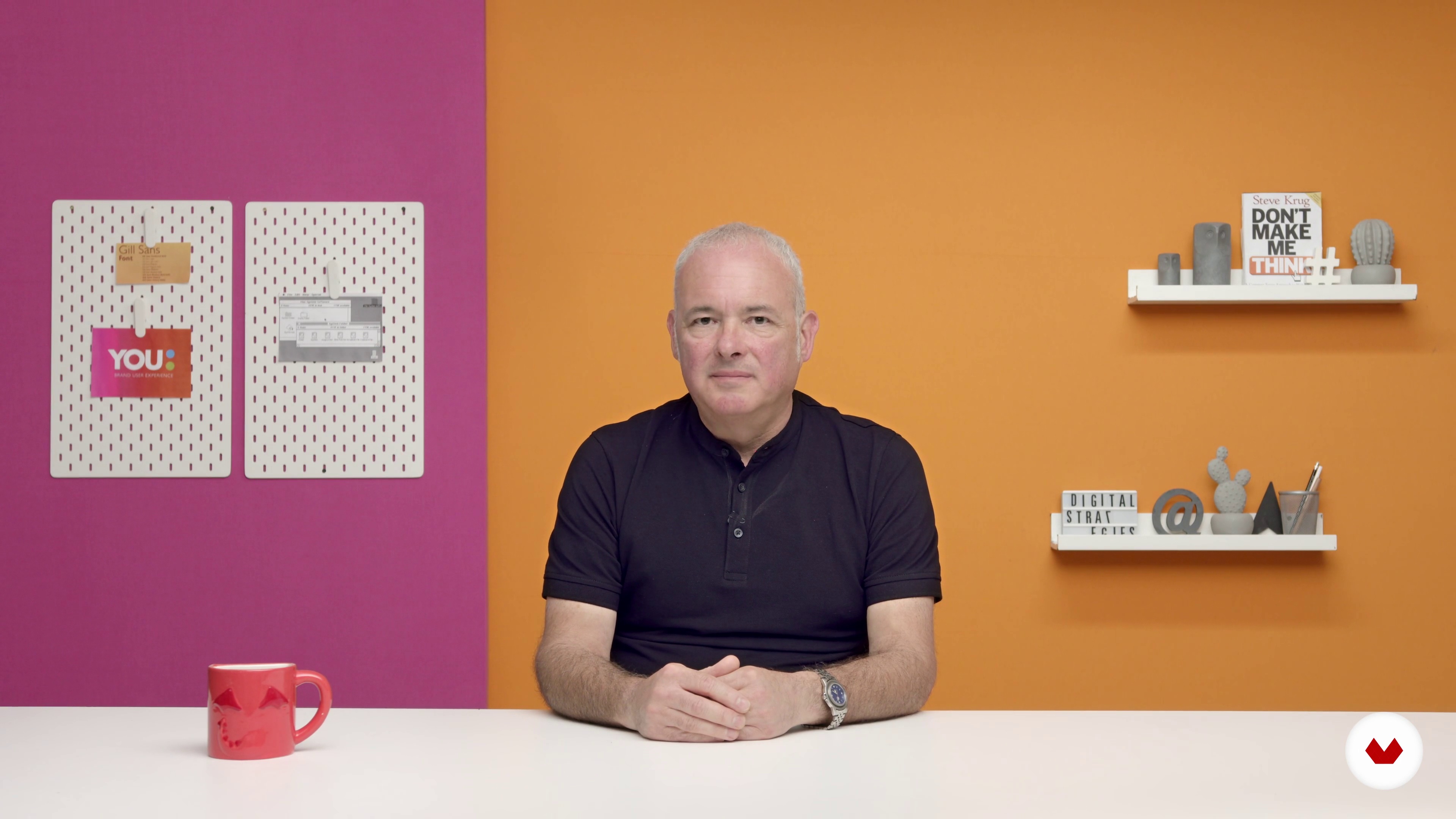


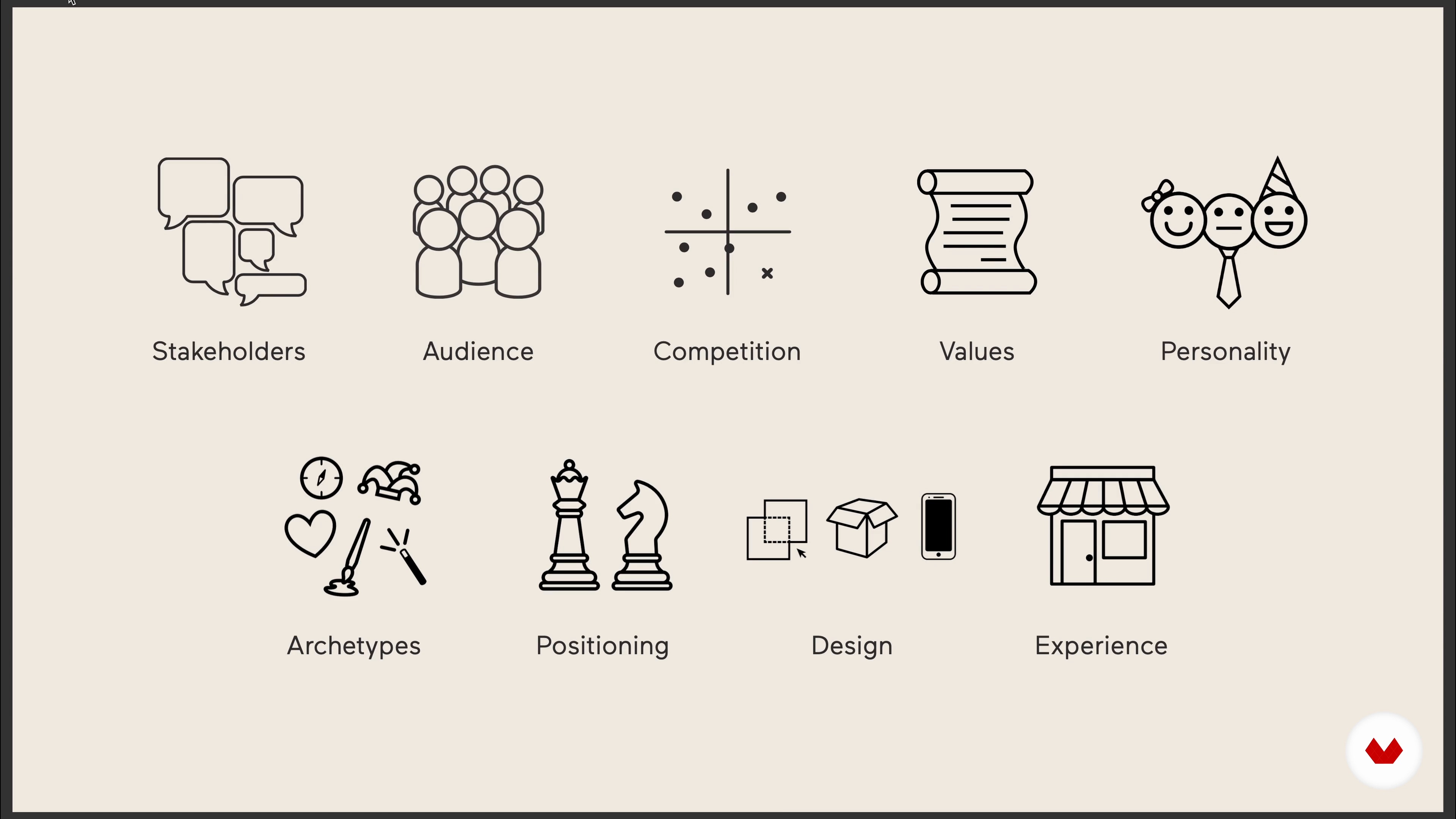
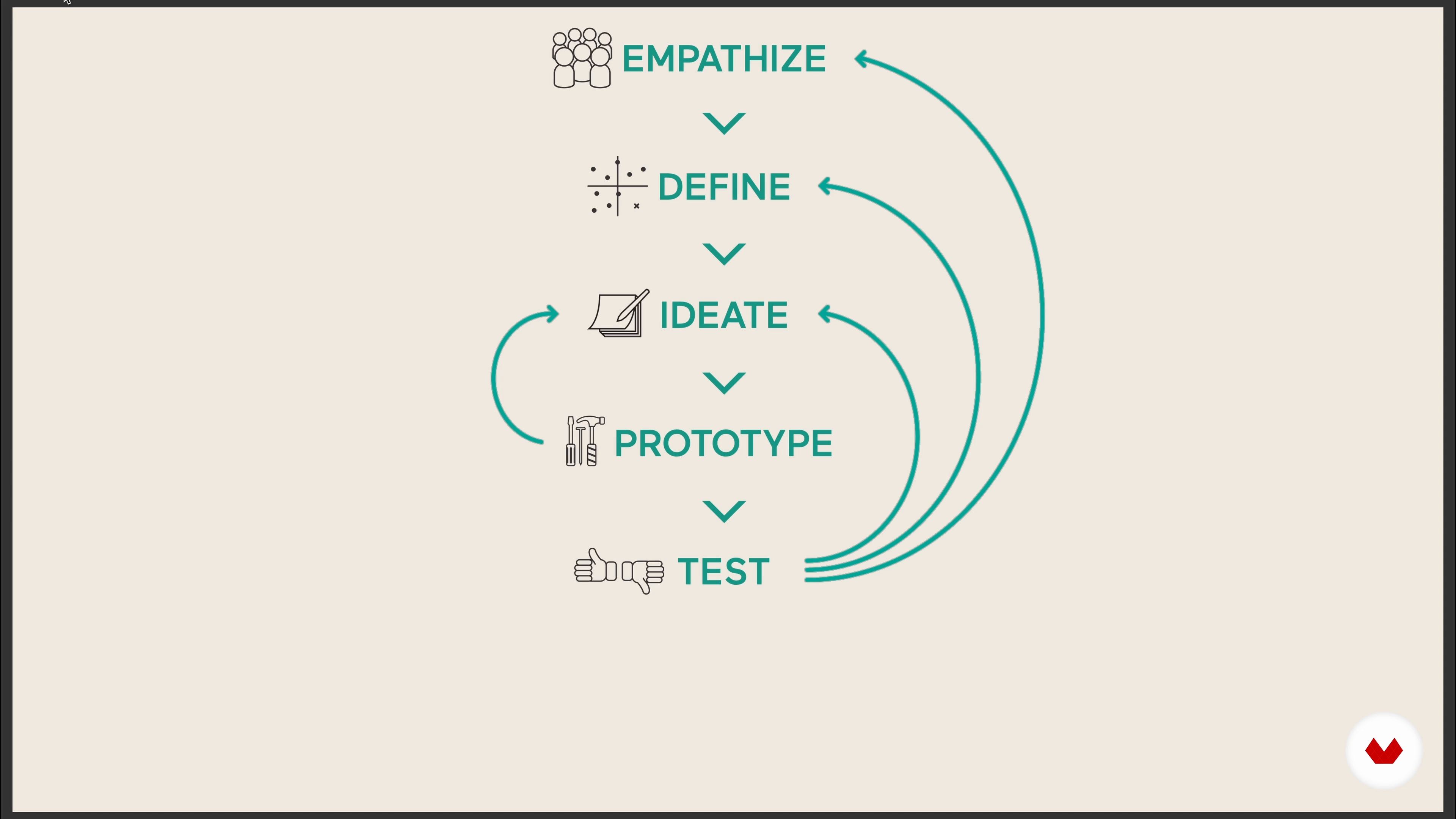
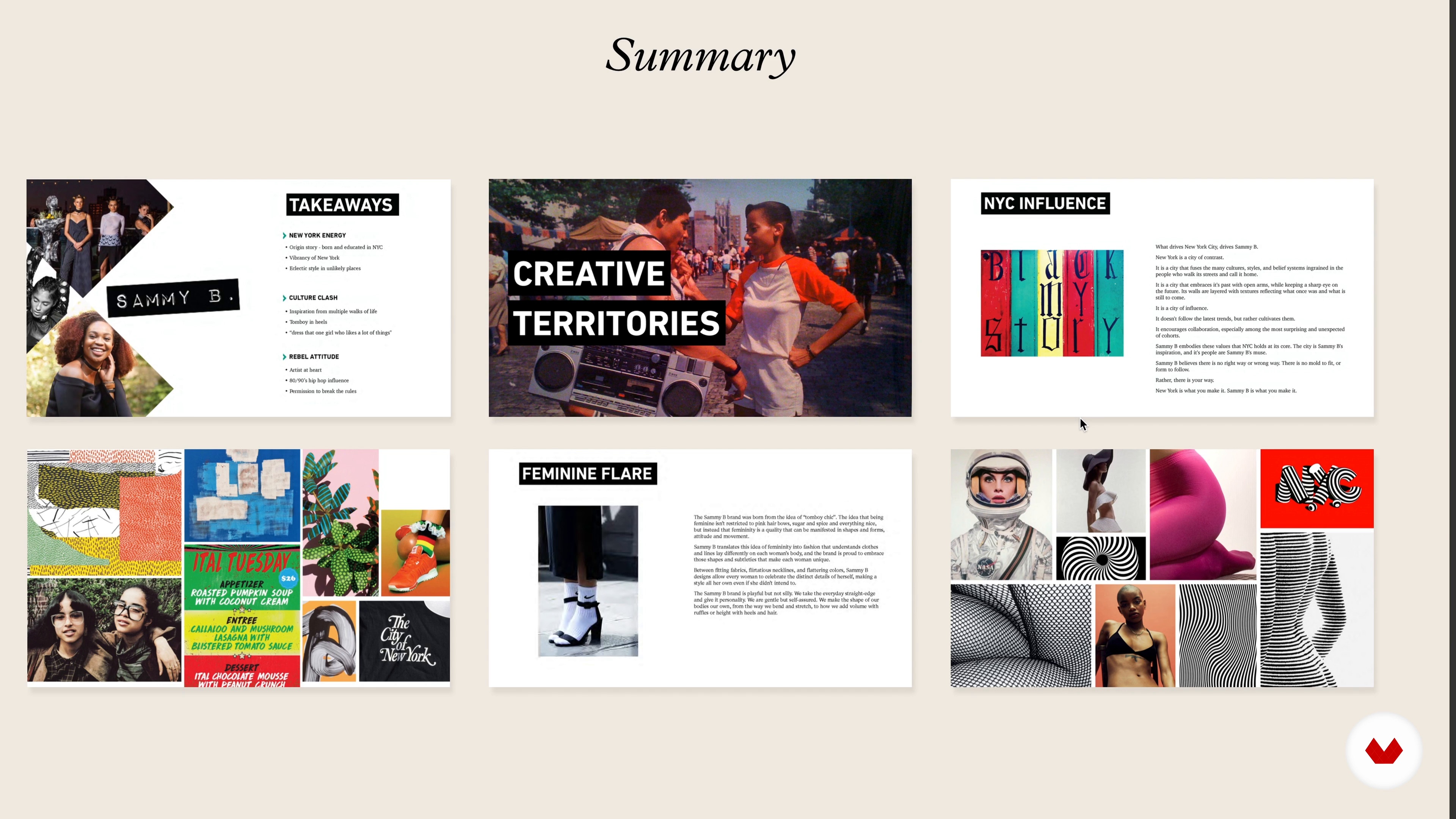
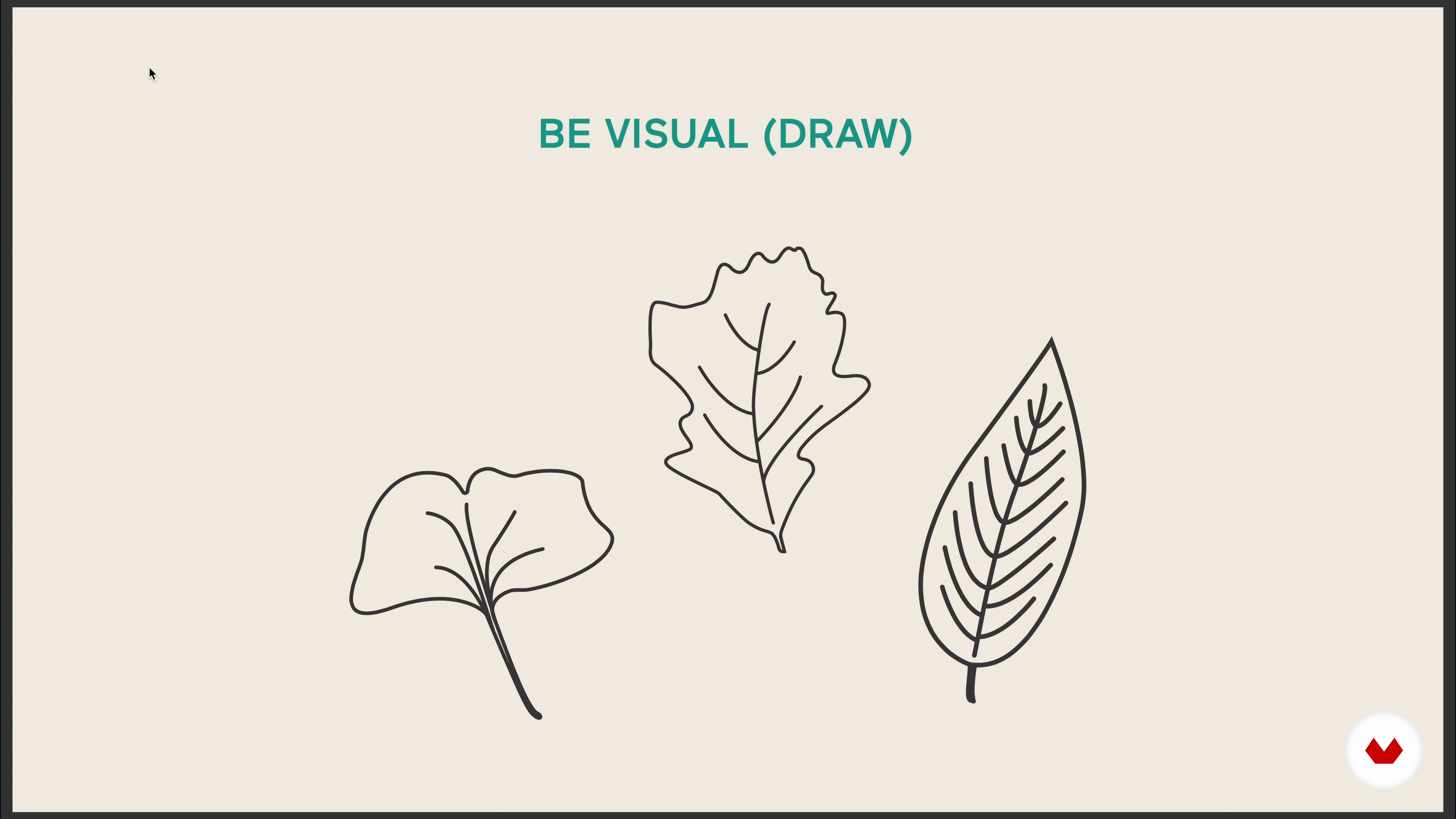
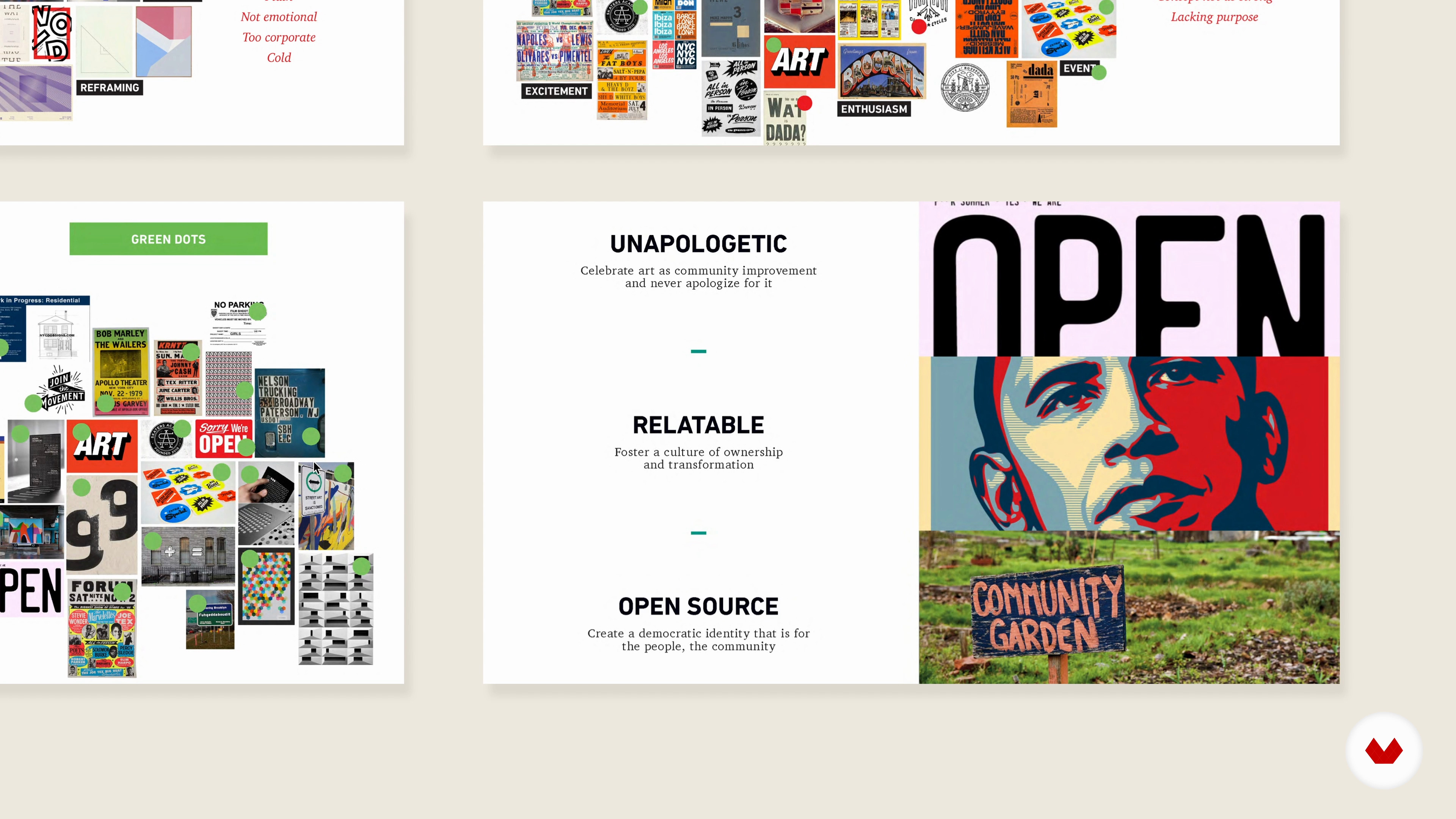
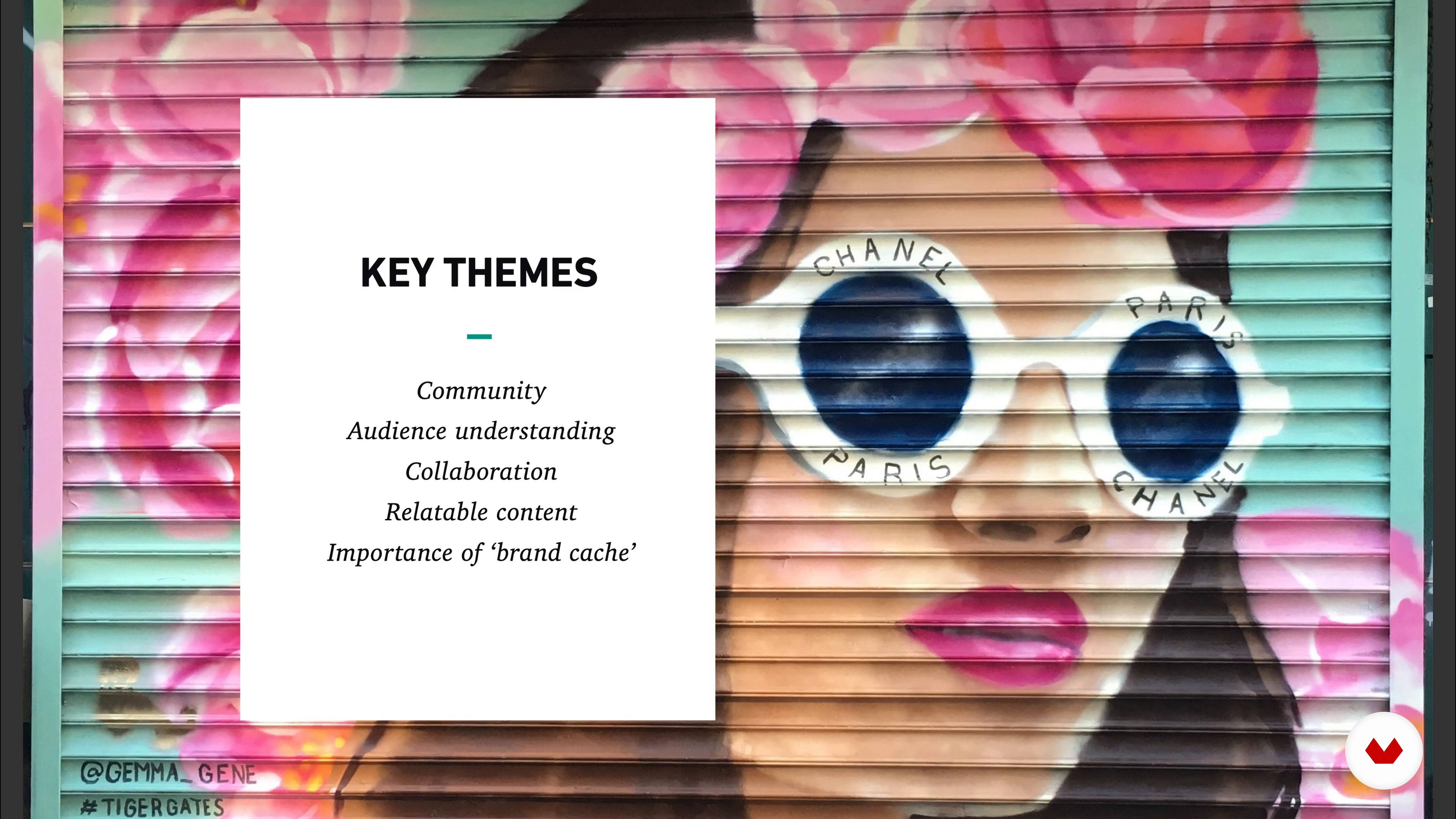
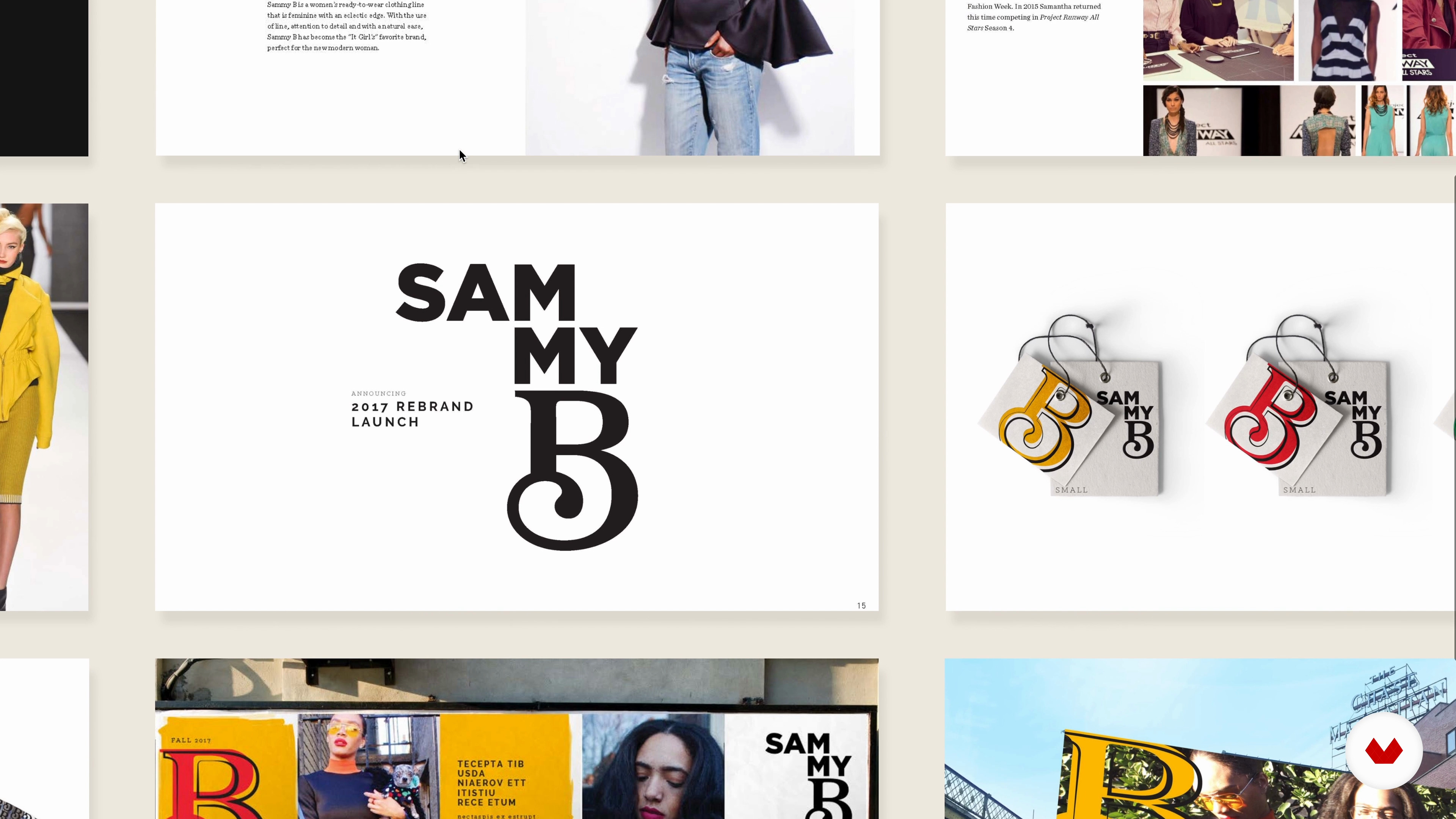
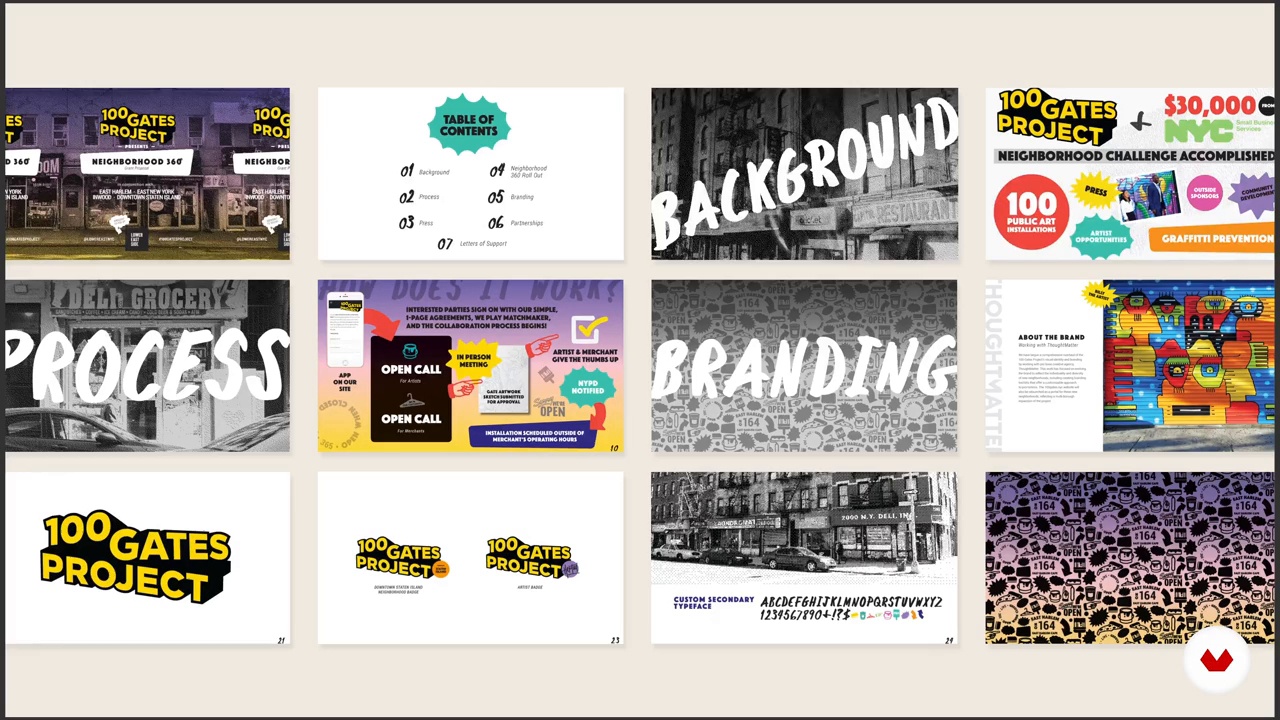



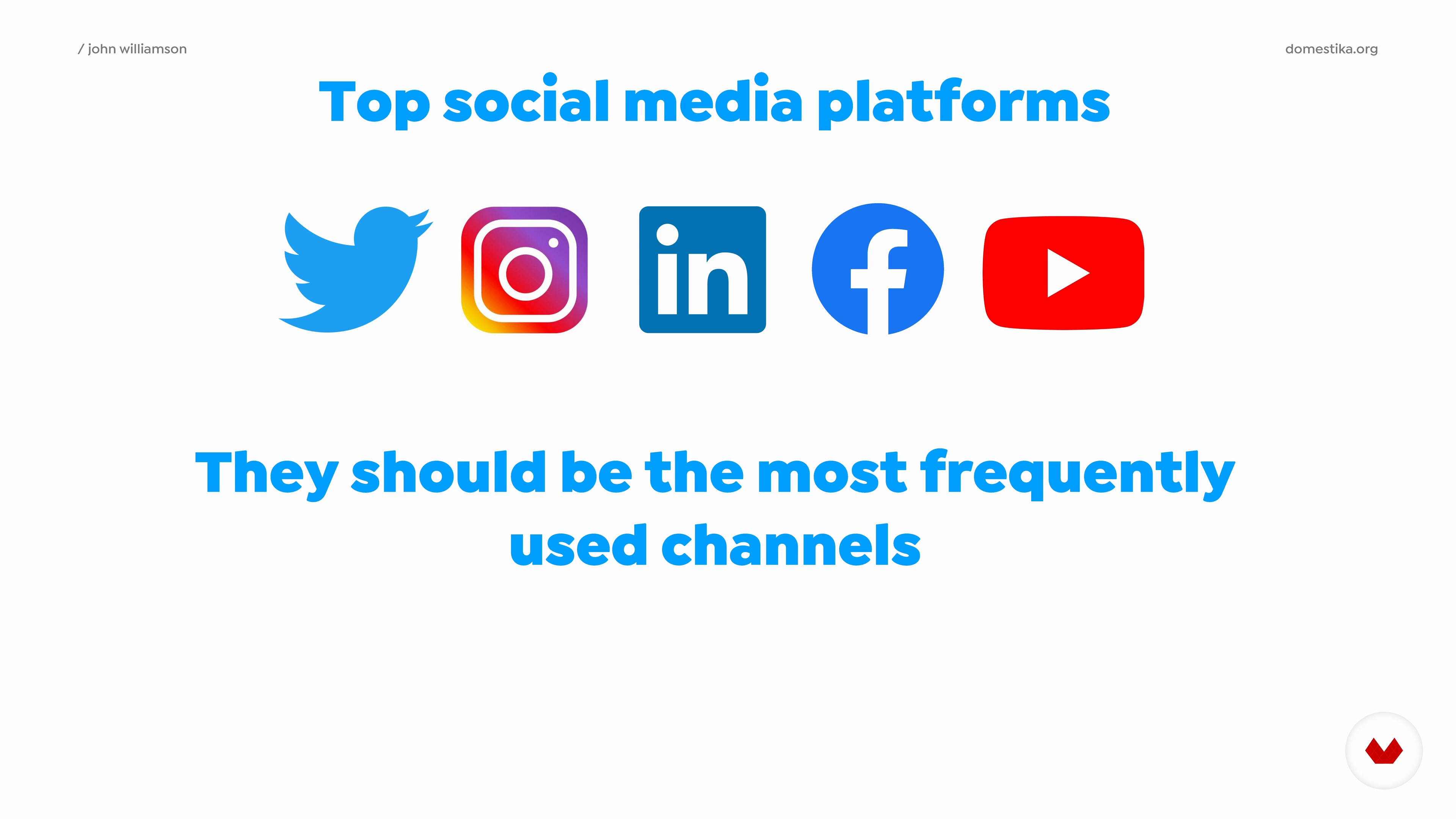
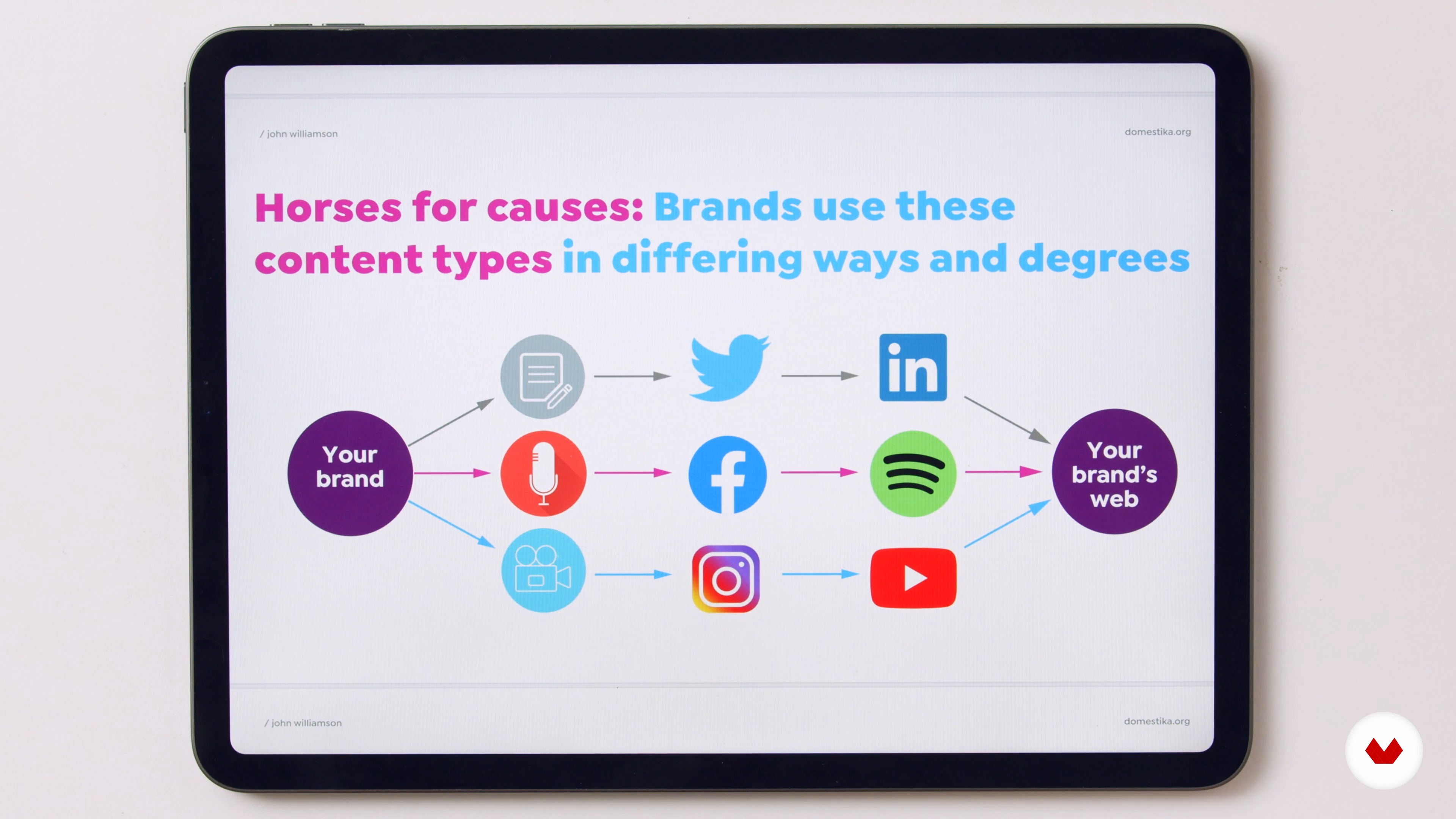
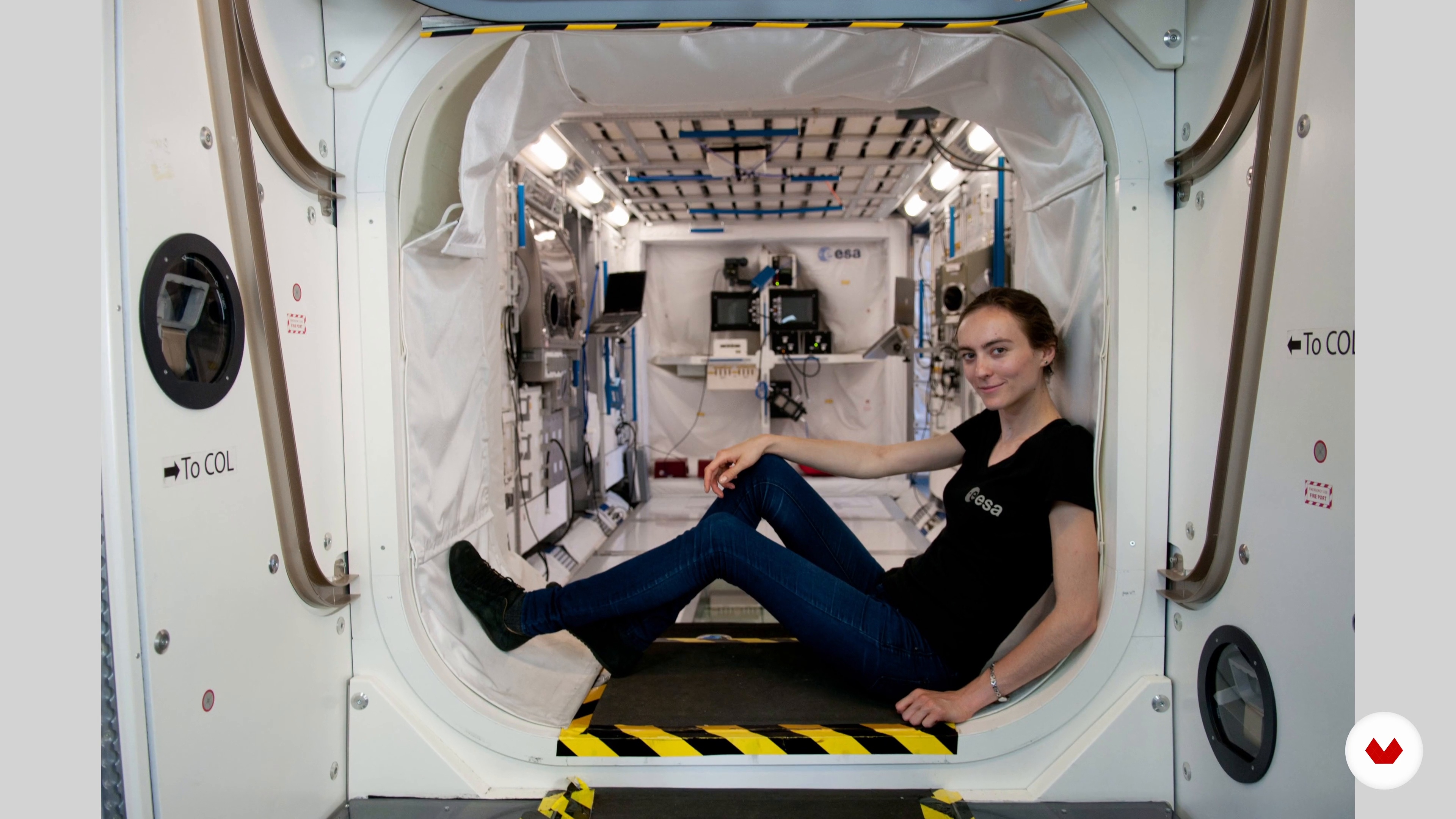

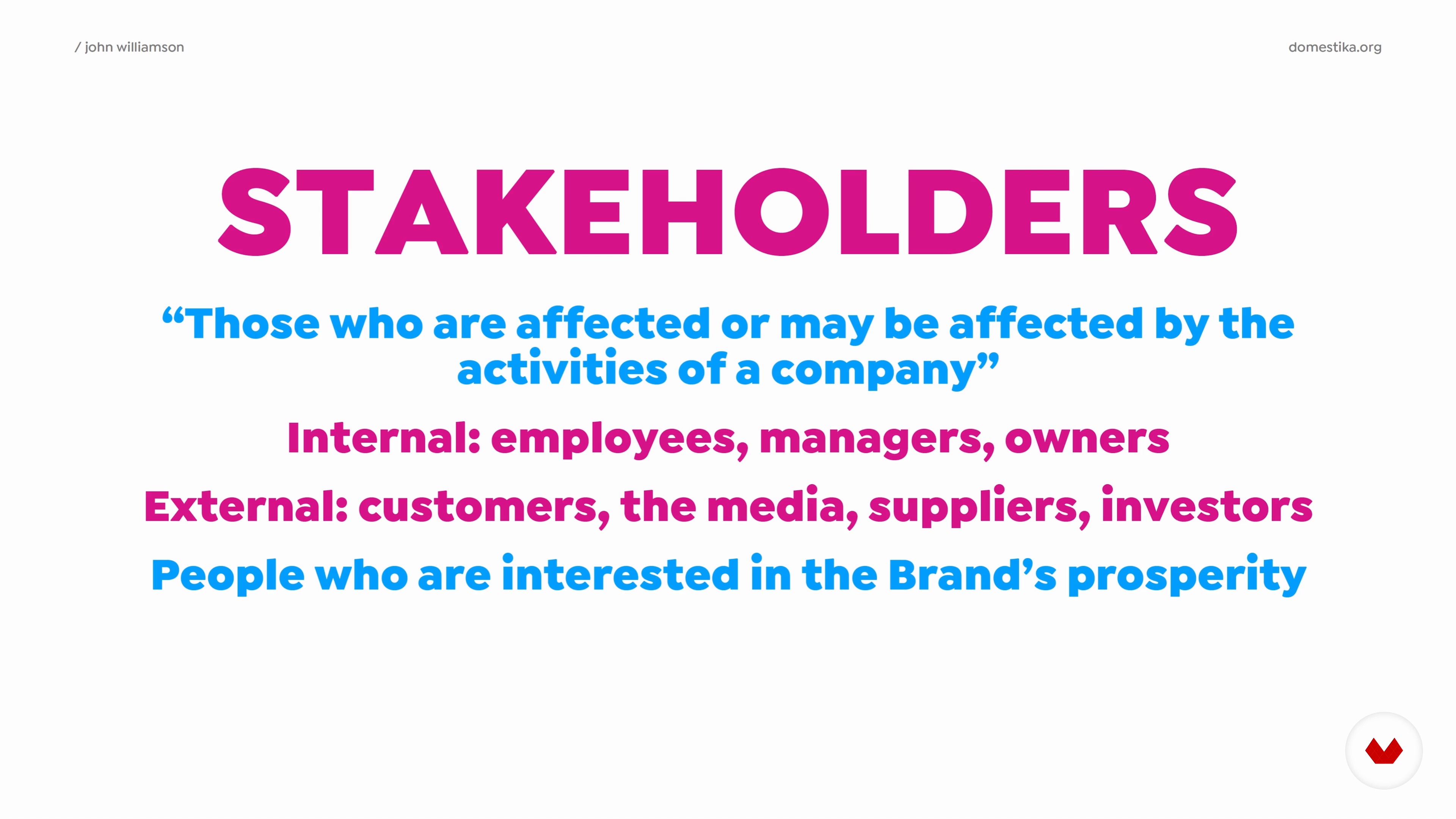
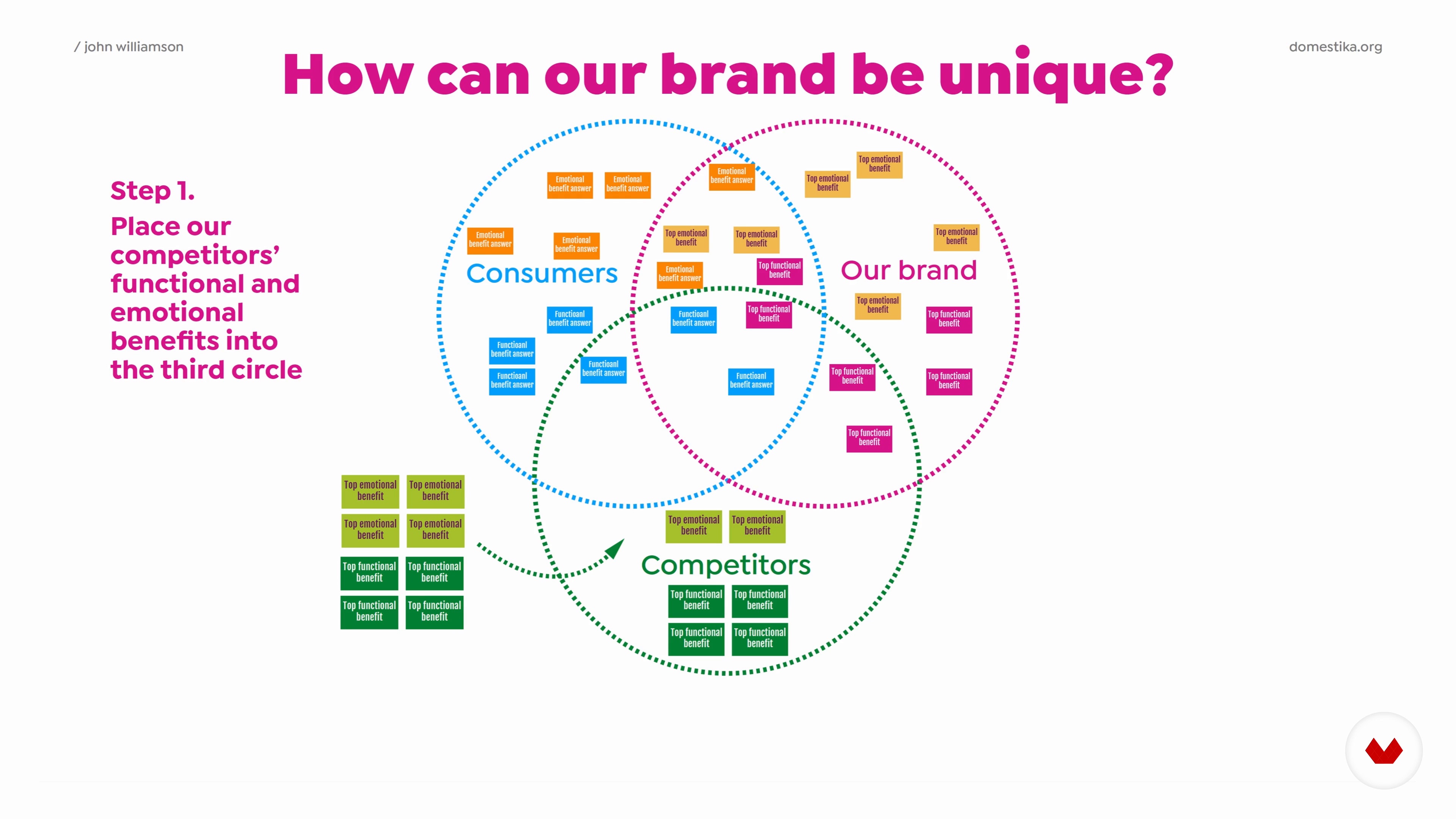
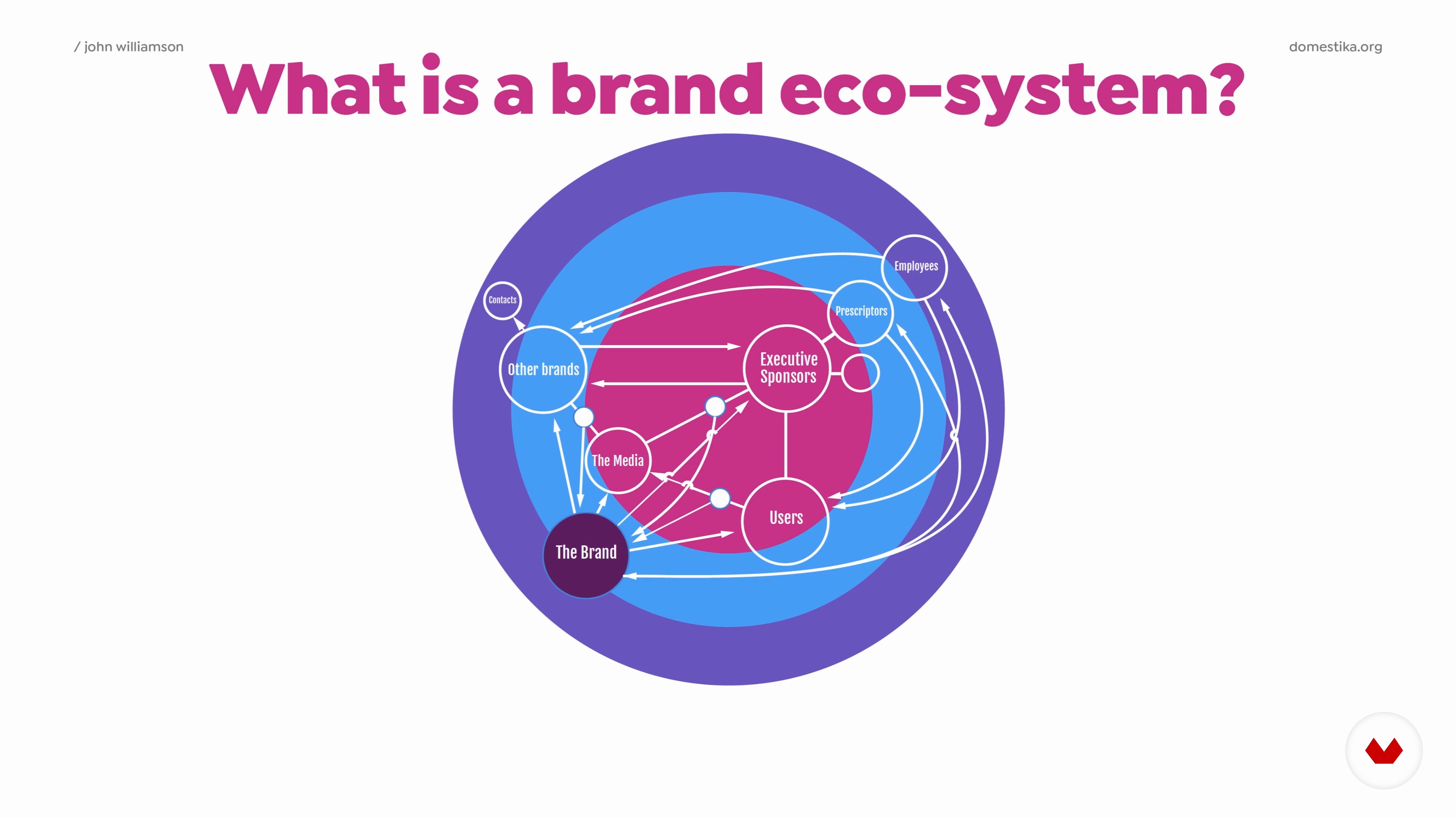
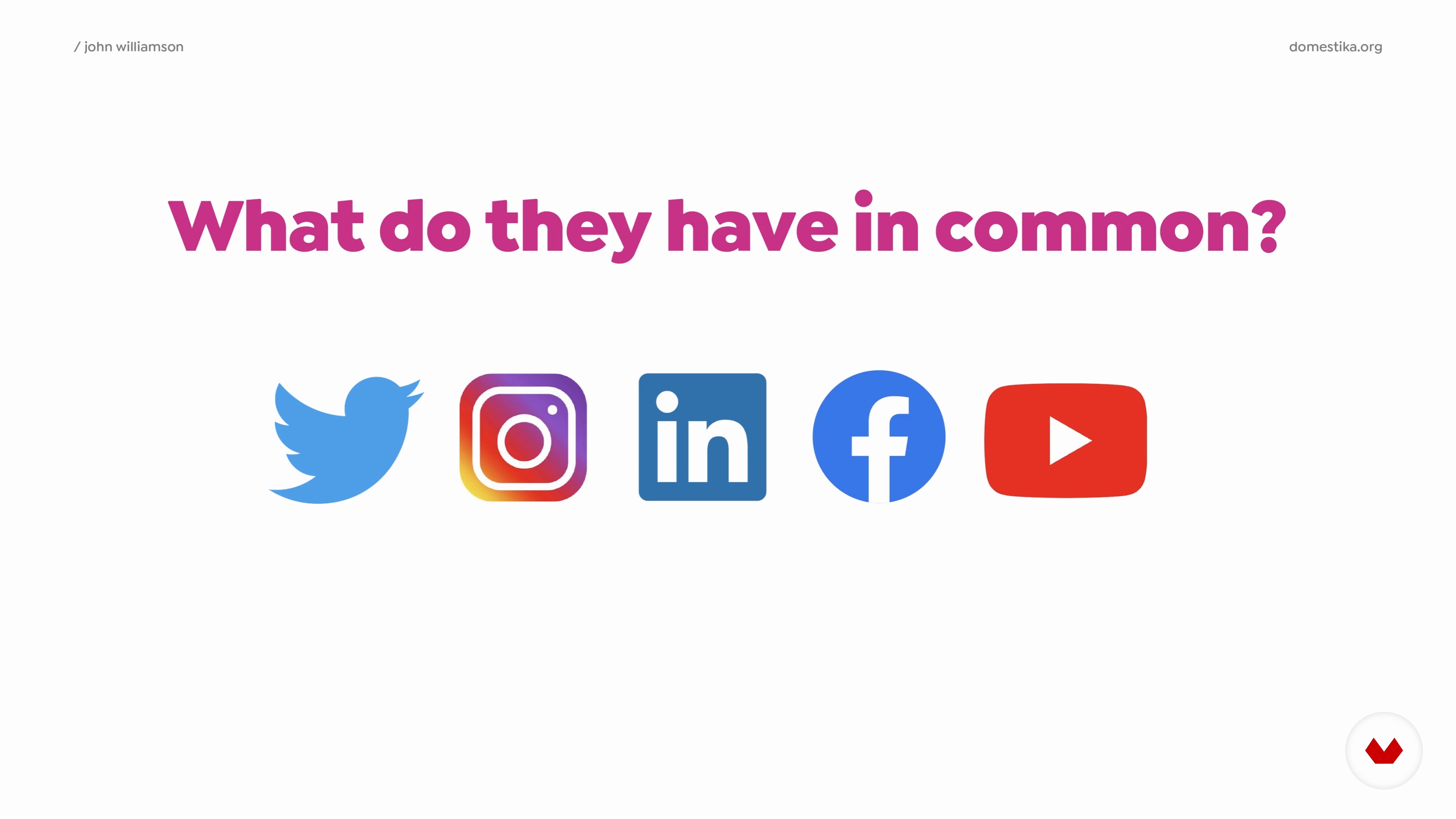
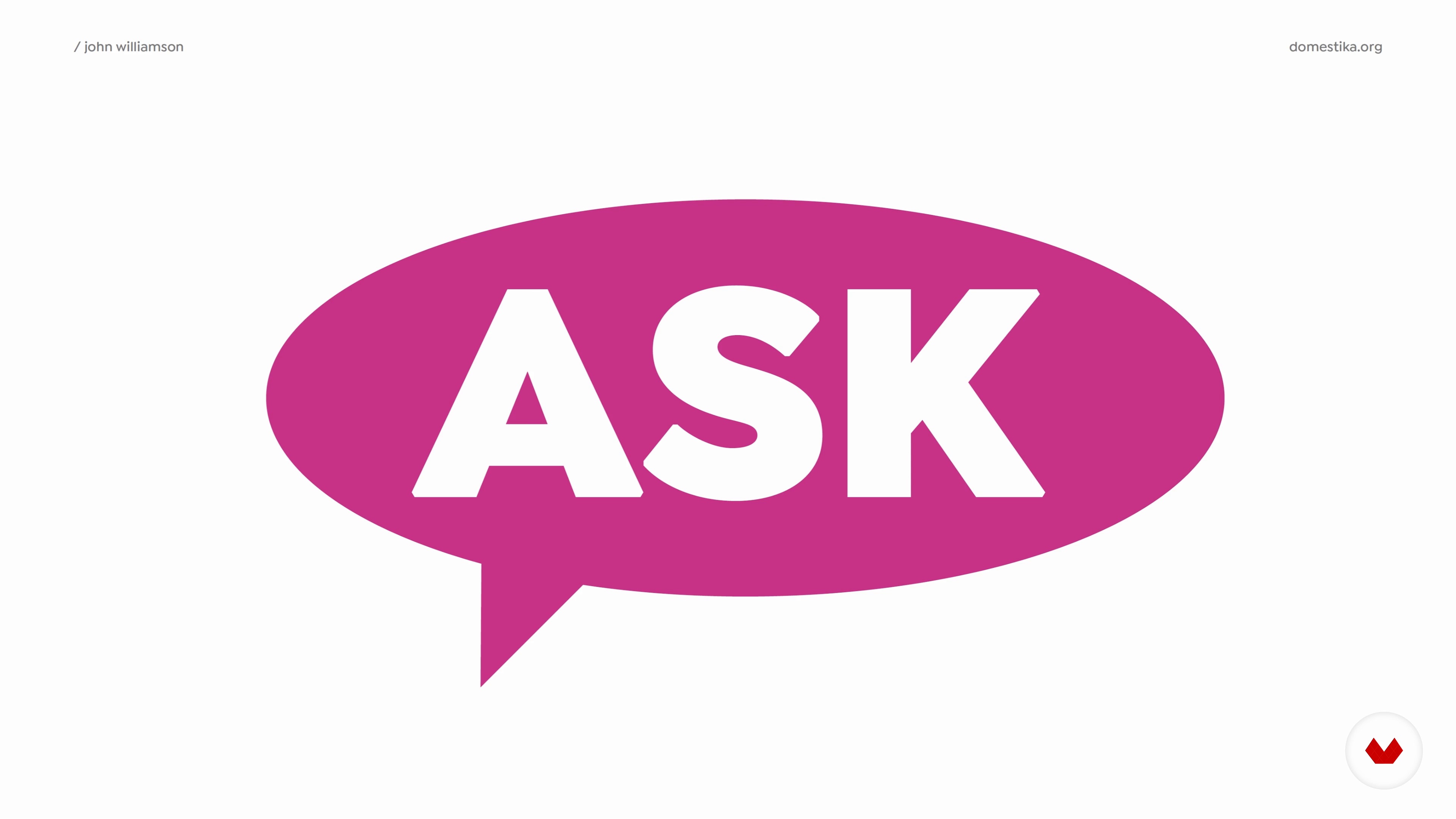
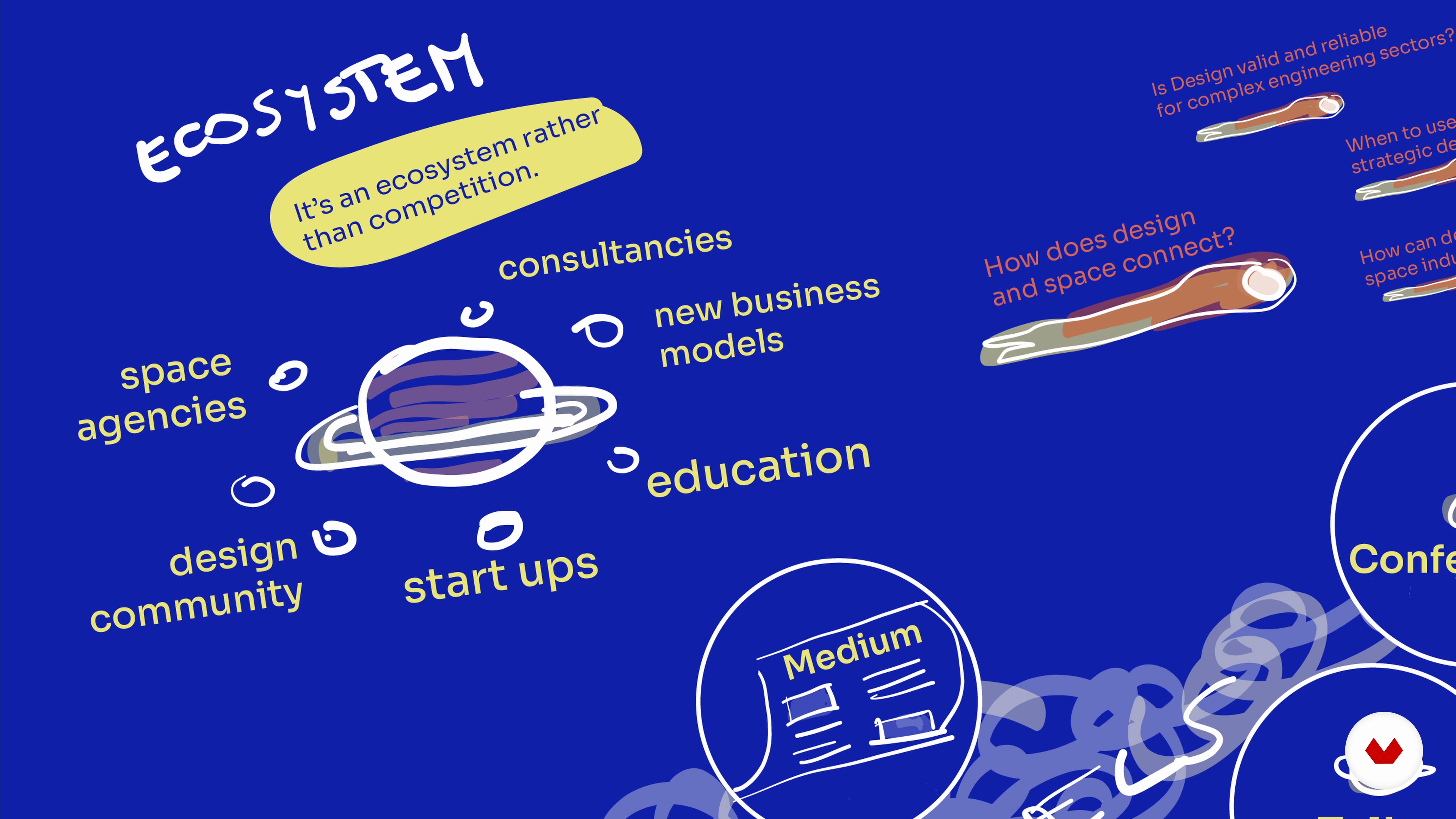
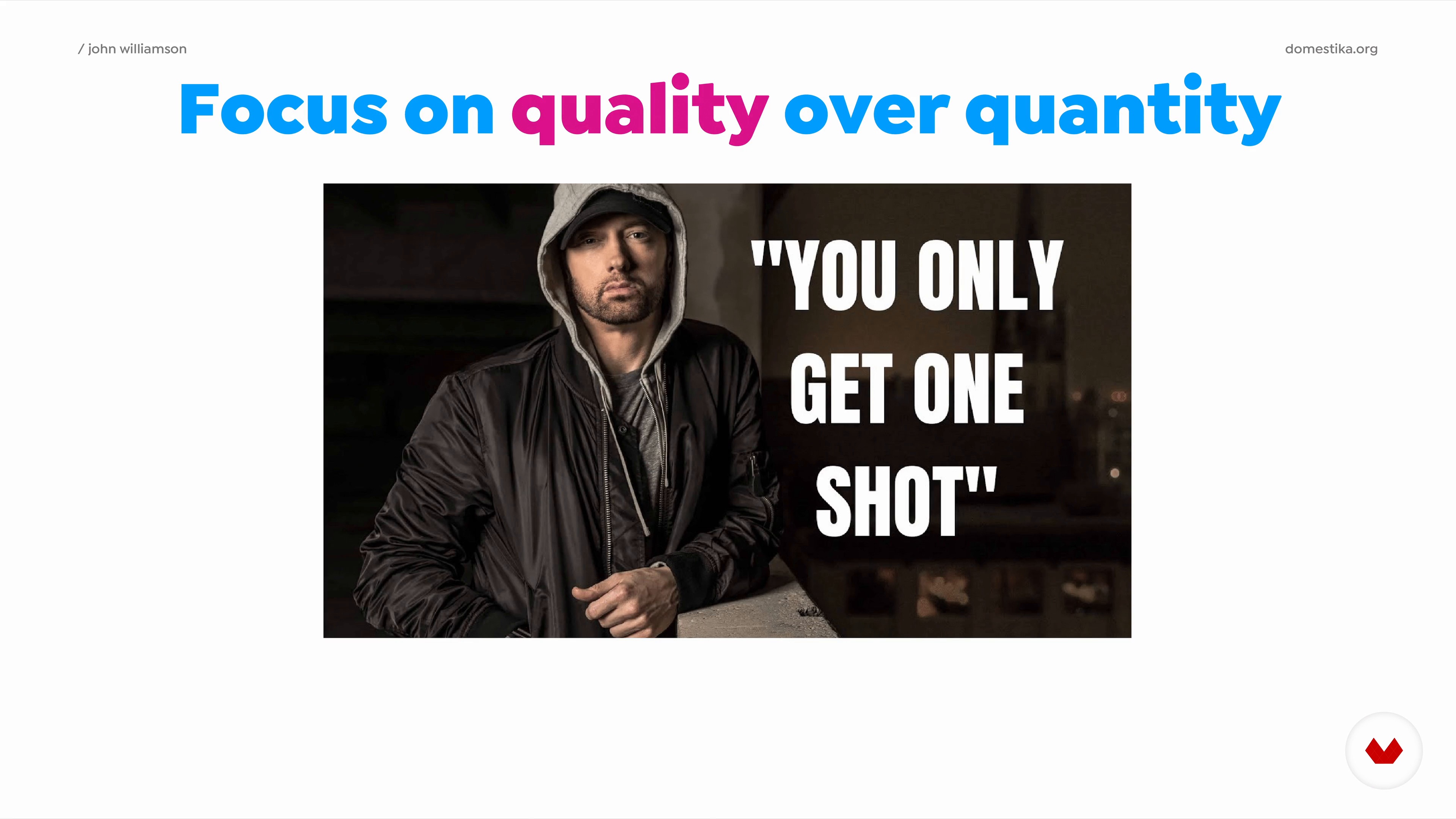
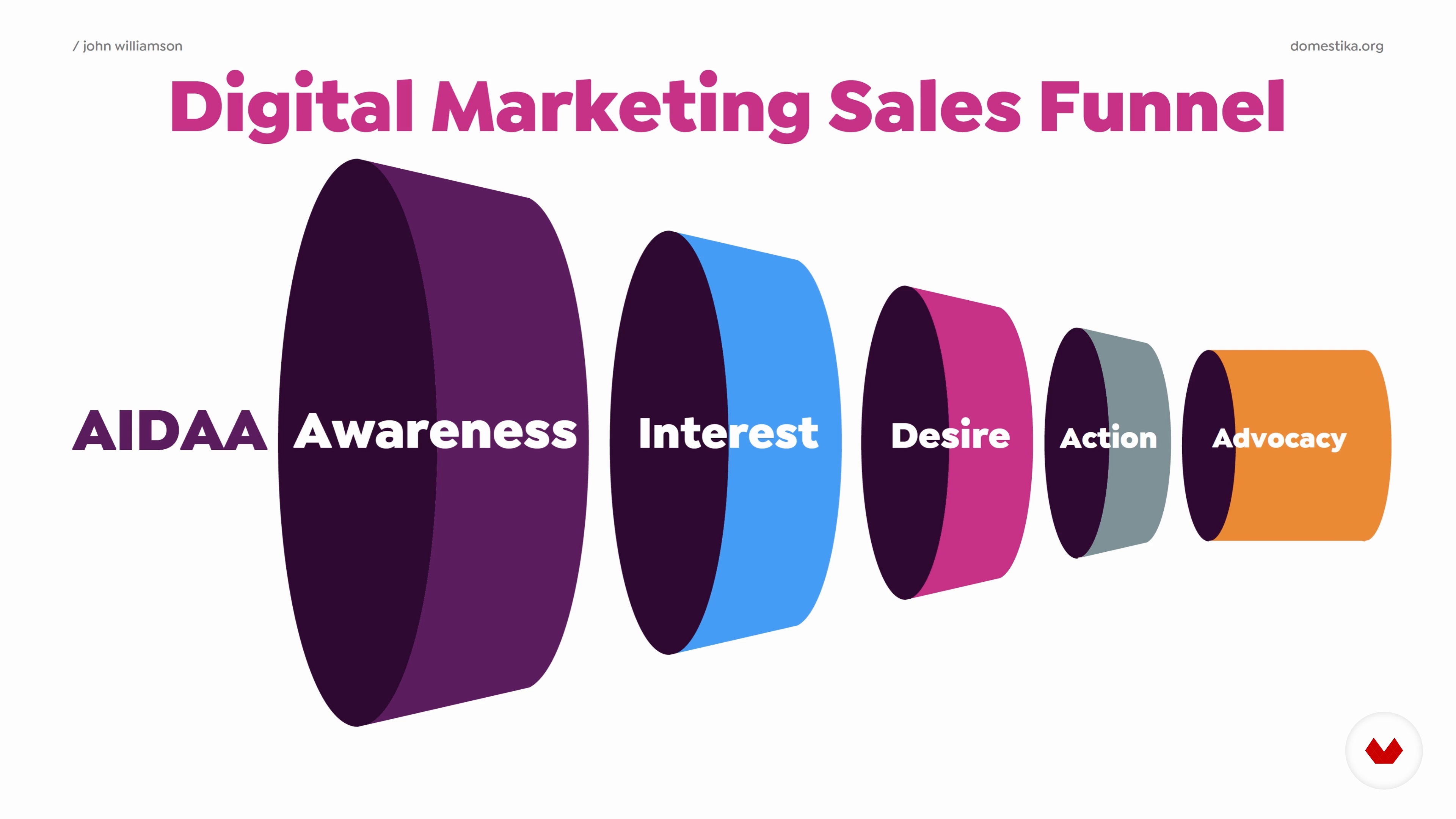
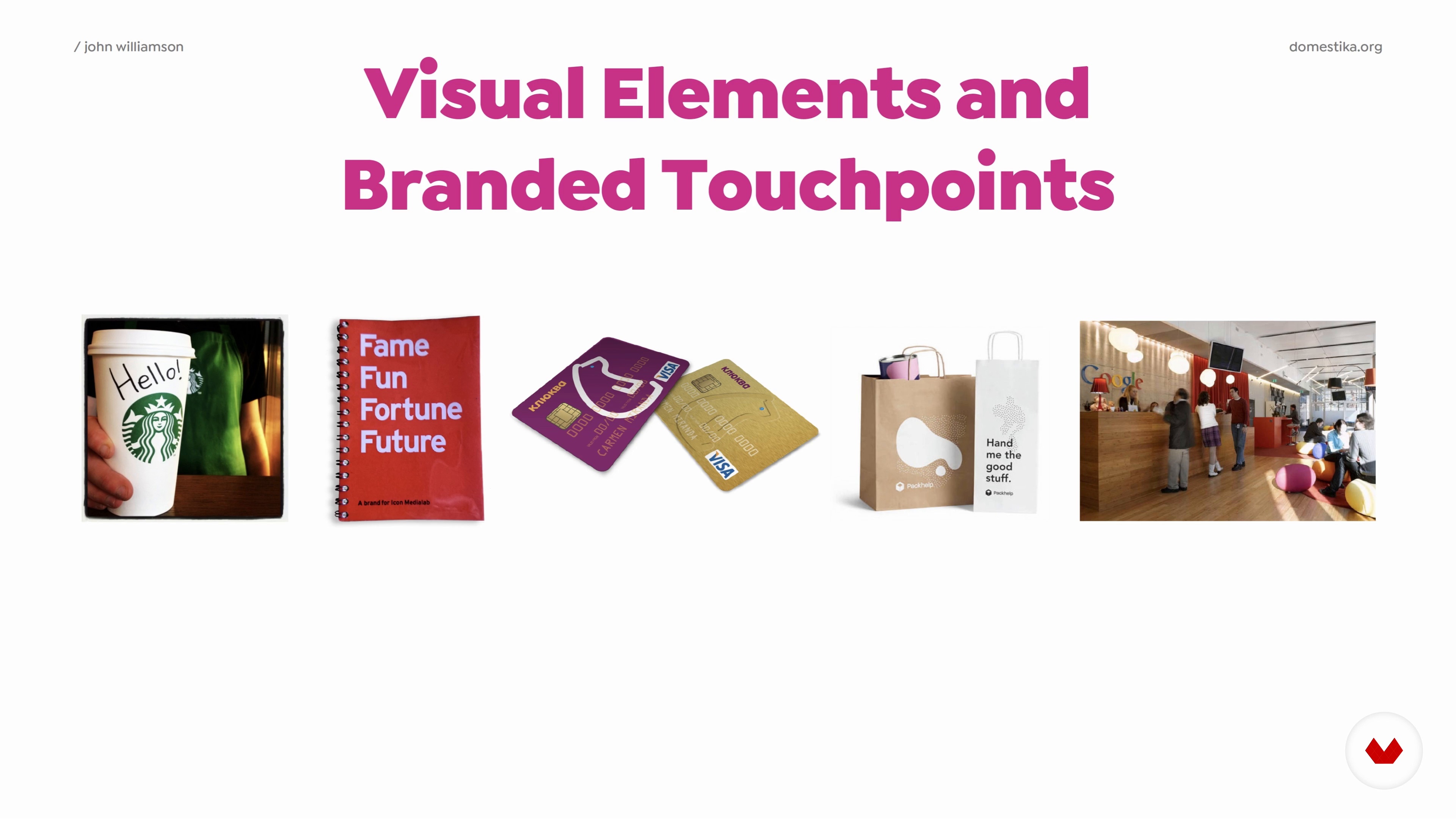
- 100% positive reviews (35)
- 2,943 students
- 67 lessons (11h 38m)
- 79 additional resources (40 files)
- Online and at your own pace
- Audio: English, Spanish
- Spanish · English · Portuguese · German · French · Italian · Polish · Dutch · Turkish
- Level: Beginner
- Unlimited access forever
What is this course's project?
You will relaunch your website, showcasing your new brand positioning by meticulously planning projects and setting prices that attract and retain the right clientele.
Projects by course students
Who is this specialization for?
Creatives and professionals eager to enhance their brand strategies, position themselves uniquely in the market, and engage audiences through storytelling and user experience will find valuable insights and practical methods to elevate their brand identity and digital presence.
Requirements and materials
No extensive prior knowledge is required. Basic necessities include a computer with internet access, a passion for branding, and an eagerness to learn. Materials such as notebooks or digital tools for taking notes can enhance the learning experience.

Reviews
What to expect from this specialization course
-
Learn at your own pace
Enjoy learning from home without a set schedule and with an easy-to-follow method. You set your own pace.
-
Learn from the best professionals
Learn valuable methods and techniques explained by top experts in the creative sector.
-
Meet expert teachers
Each expert teaches what they do best, with clear guidelines, true passion, and professional insight in every lesson.
-
Certificates
PlusIf you're a Plus member, get a custom certificate for every specialization course. Share it on your portfolio, social media, or wherever you like.
-
Get front-row seats
Videos of the highest quality, so you don't miss a single detail. With unlimited access, you can watch them as many times as you need to perfect your technique.
-
Share knowledge and ideas
Ask questions, request feedback, or offer solutions. Share your learning experience with other students in the community who are as passionate about creativity as you are.
-
Connect with a global creative community
The community is home to millions of people from around the world who are curious and passionate about exploring and expressing their creativity.
-
Watch professionally produced courses
Domestika curates its teacher roster and produces every course in-house to ensure a high-quality online learning experience.
FAQs
What are Domestika's online courses?
Domestika courses are online classes that allow you to learn new skills and create incredible projects. All our courses include the opportunity to share your work with other students and/or teachers, creating an active learning community. We offer different formats:
Original Courses: Complete classes that combine videos, texts, and educational materials to complete a specific project from start to finish.
Basics Courses: Specialized training where you master specific software tools step by step.
Specialization Courses: Learning paths with various expert teachers on the same topic, perfect for becoming a specialist by learning from different approaches.
Guided Courses: Practical experiences ideal for directly acquiring specific skills.
Intensive Courses (Deep Dives): New creative processes based on artificial intelligence tools in an accessible format for in-depth and dynamic understanding.
When do the specialization courses start and when do they finish?
All specialization courses are 100% online, so once they're published, specialization courses start and finish whenever you want. You set the pace of the class. You can go back to review what interests you most and skip what you already know, ask questions, answer questions, share your projects, and more.
What do Domestika's specialization courses include?
The specialization courses are divided into different modules. Each one includes lessons, informational text, tasks, and practice exercises to help you carry out your project step by step, with additional complementary resources and downloads. You'll also have access to an exclusive forum where you can interact with other students, as well as share your work and your final project, creating a community around the specialization courses.
Have you been given a specialization courses?
You can redeem the specialization courses you received by accessing the redeeming page and entering your gift code.









Great course and easy to figure out
Great course to understand your brand voice and tone.
This course was extremely valuable and engaging. Everything was clear, straight to the point, and highly practical. No fluff, only useful insights I can apply right away.
Curso incrível!
Ottimo corso, permette di ottenere una visione a 360° sugli aspetti strategici del branding.